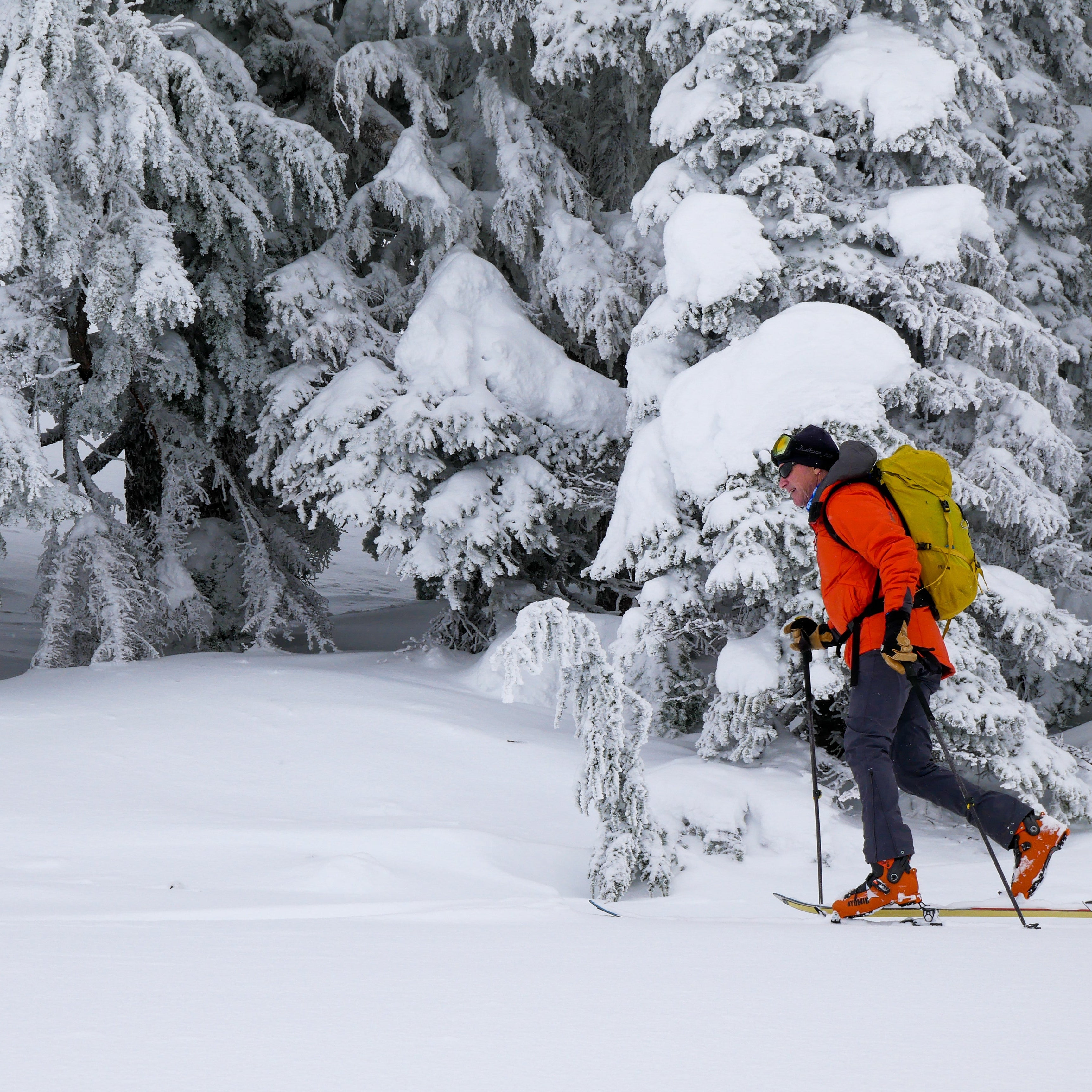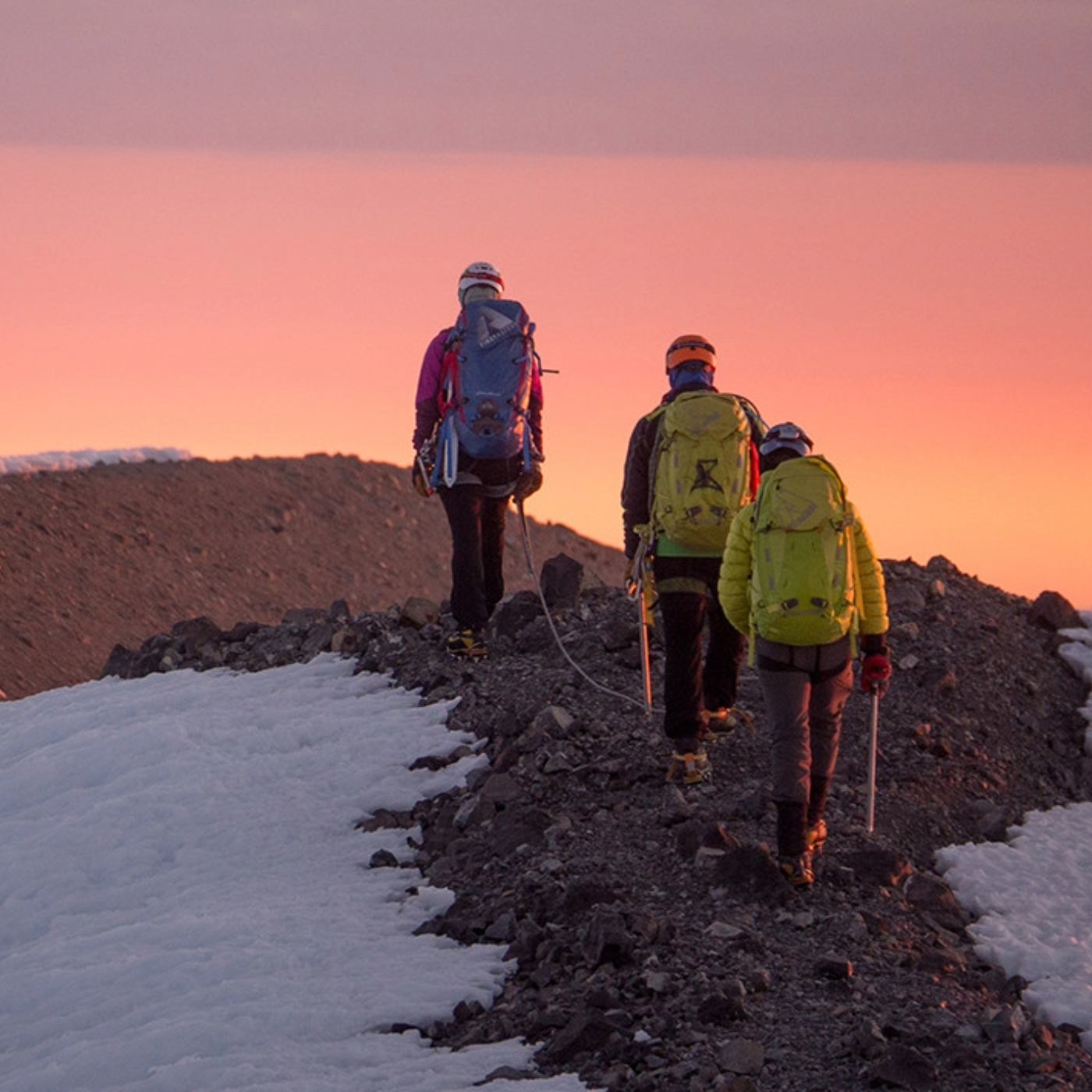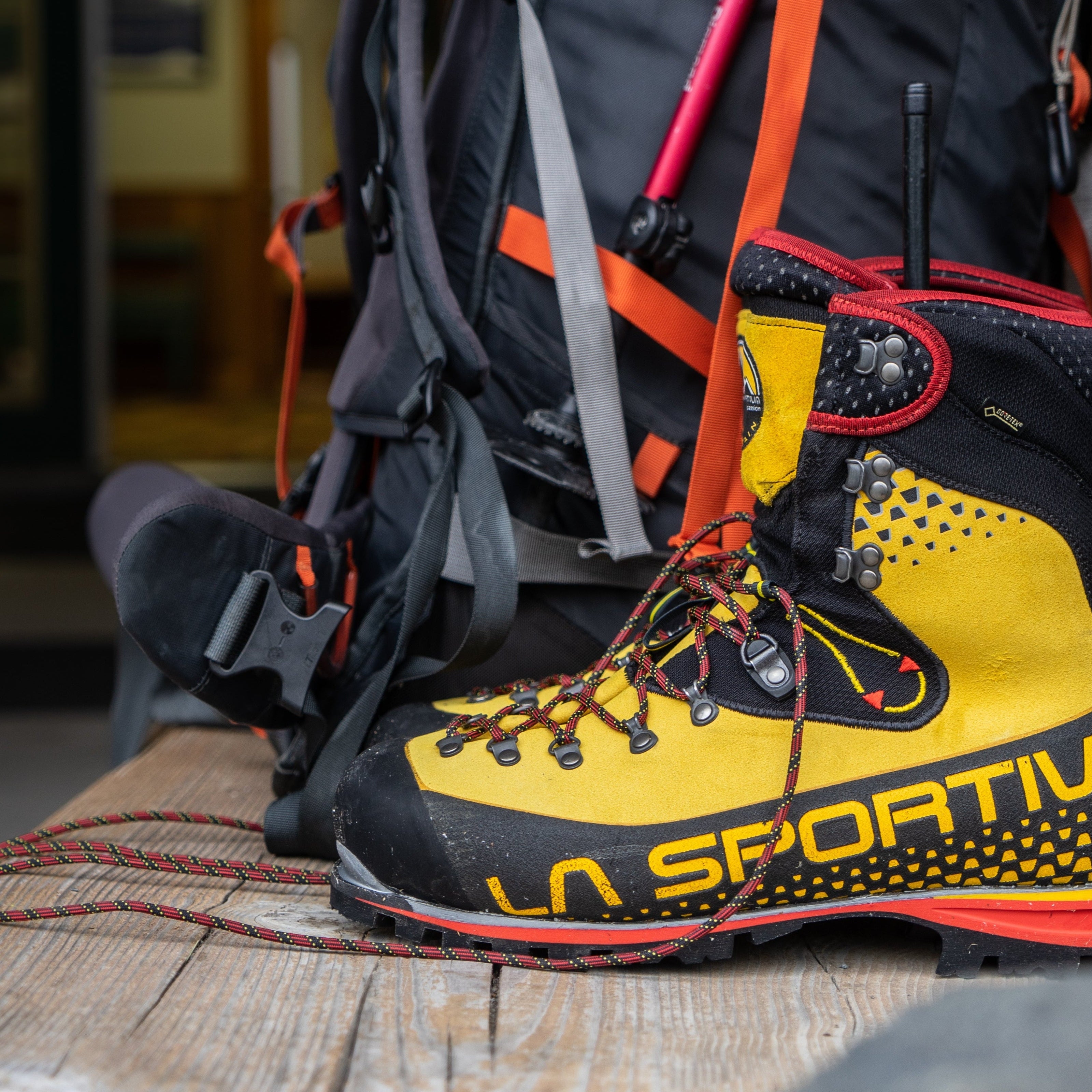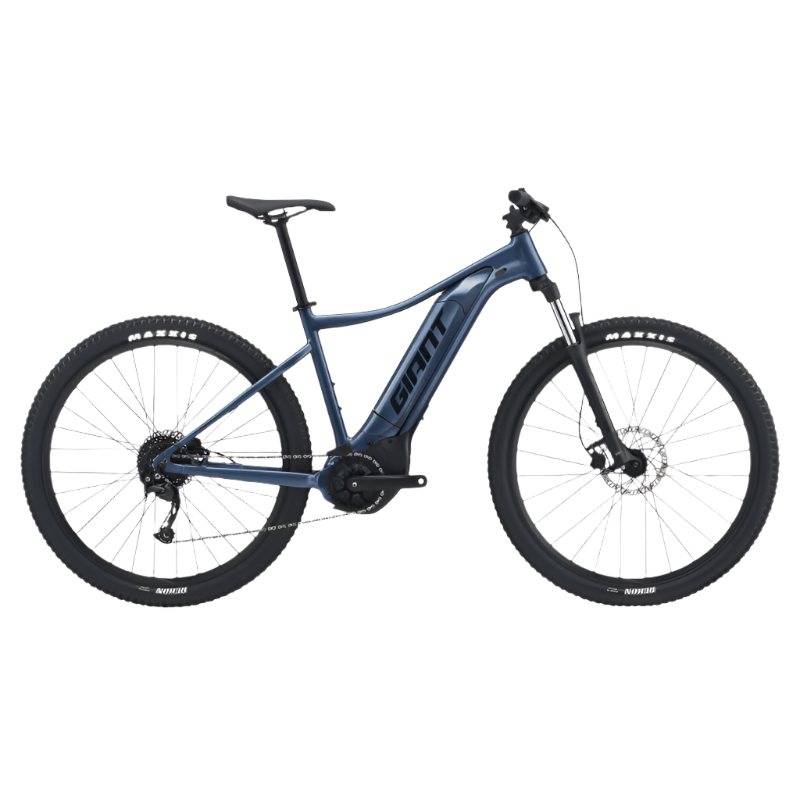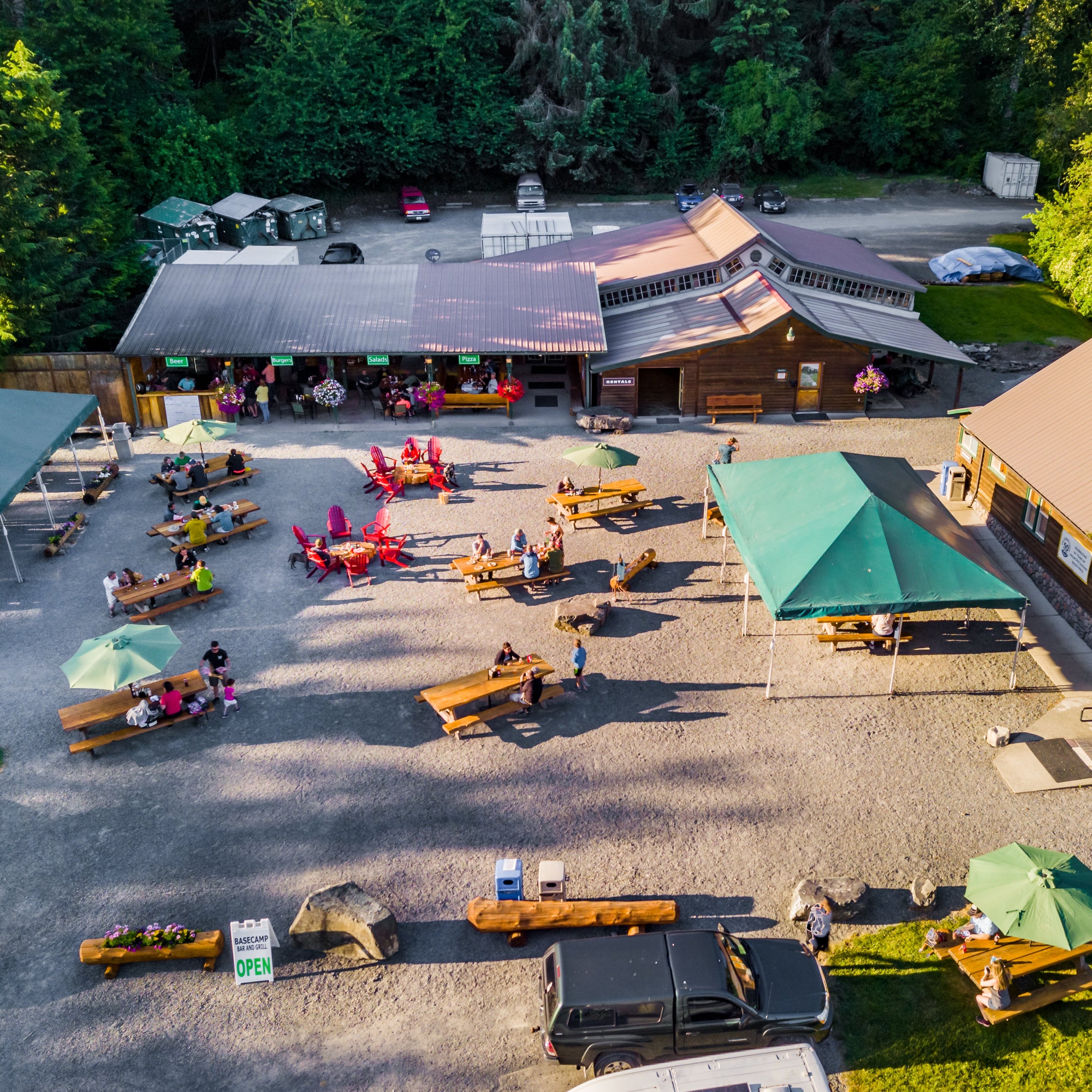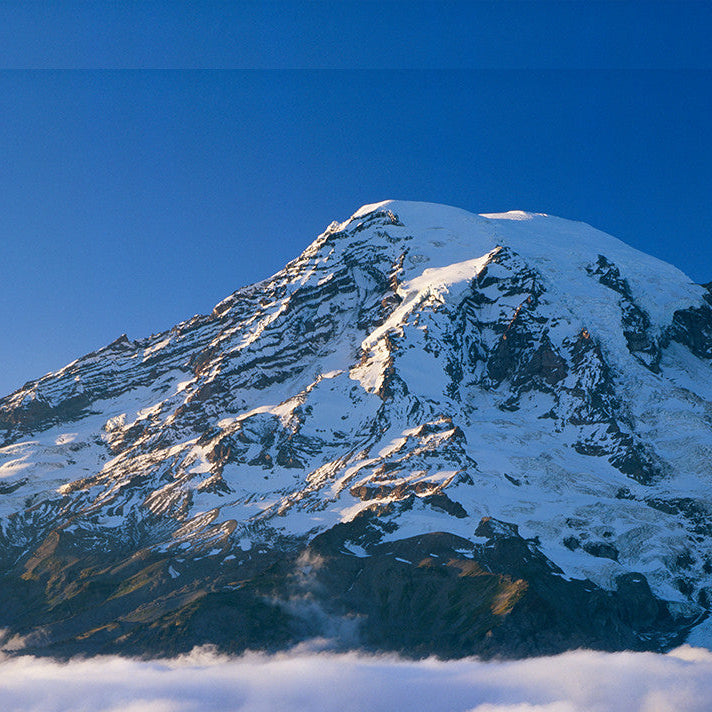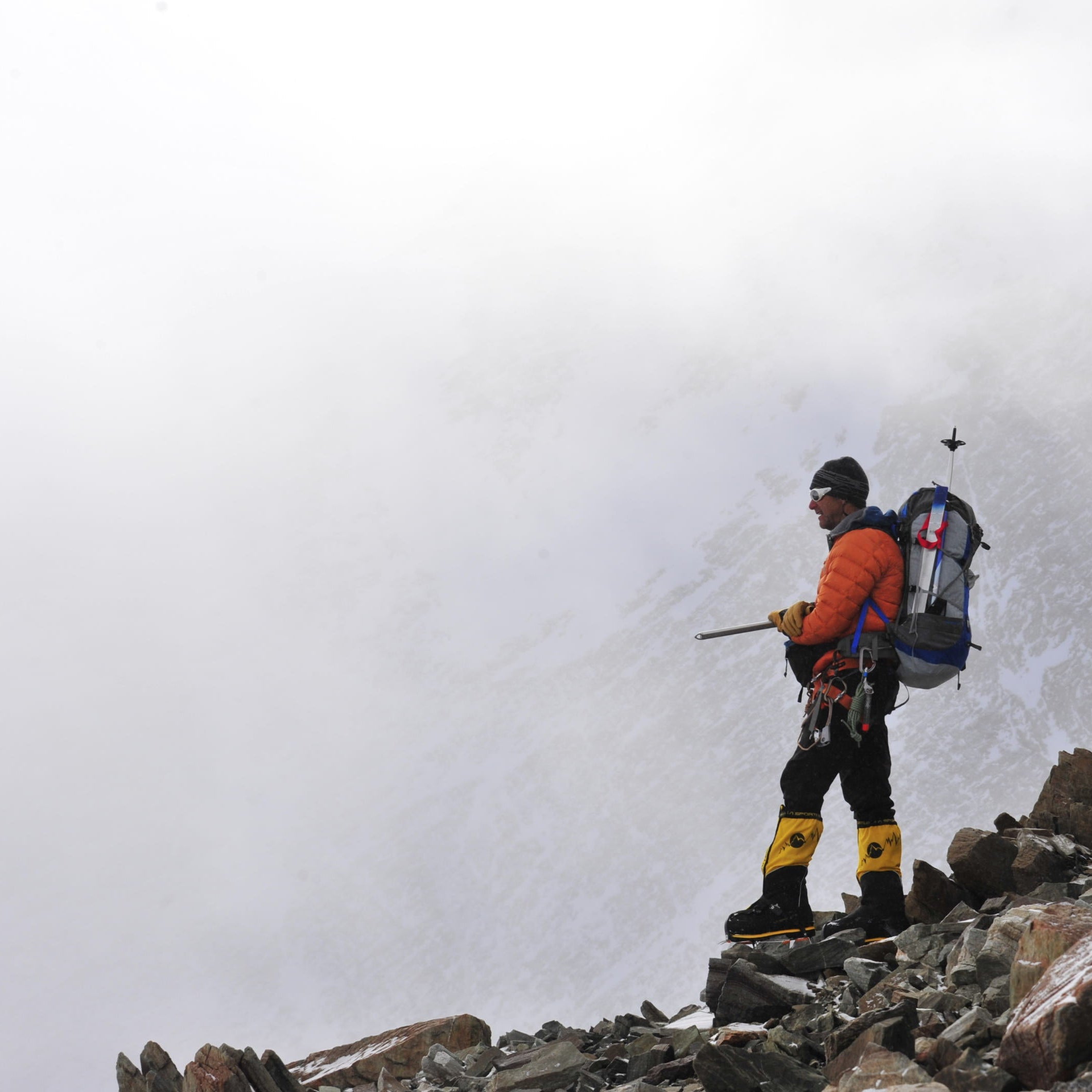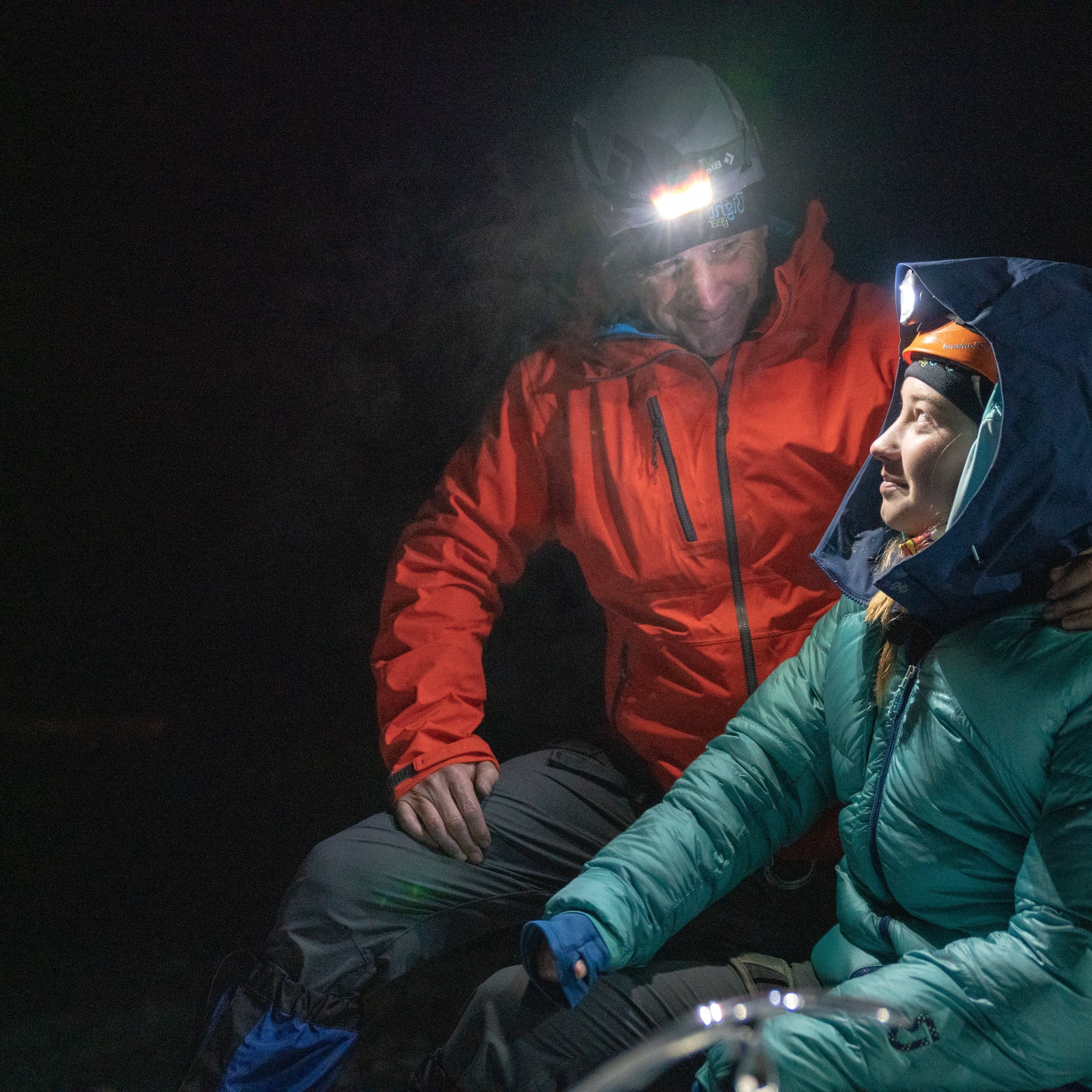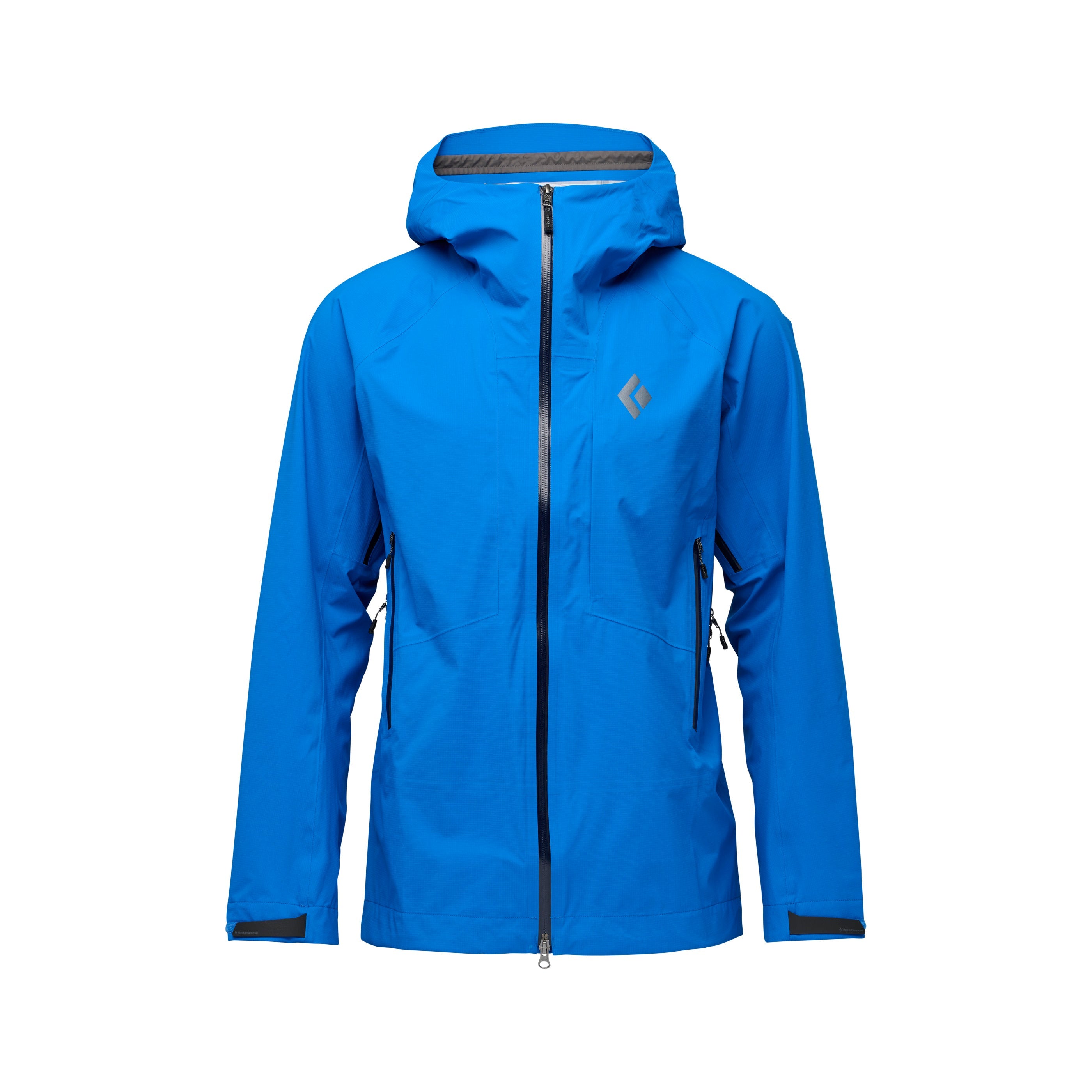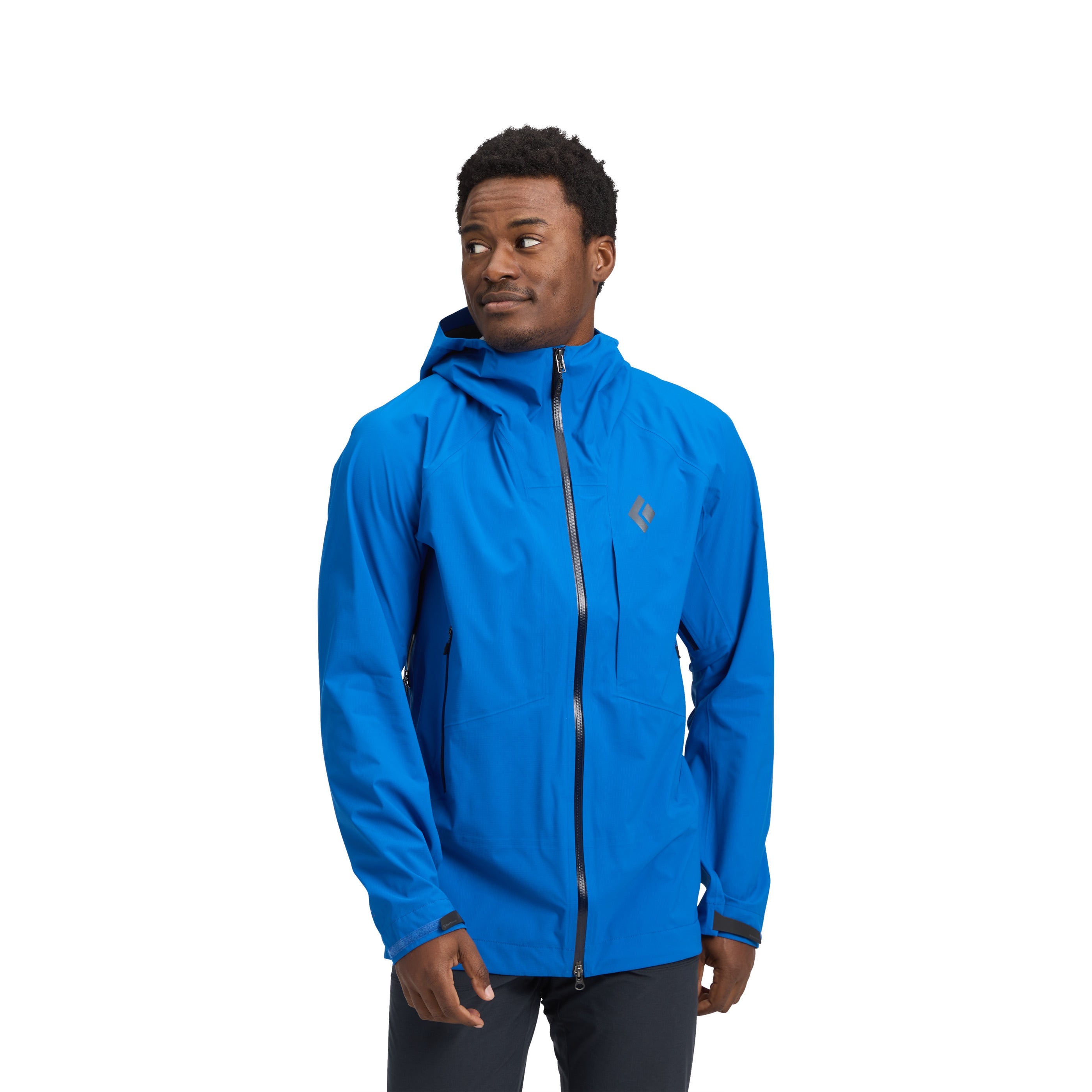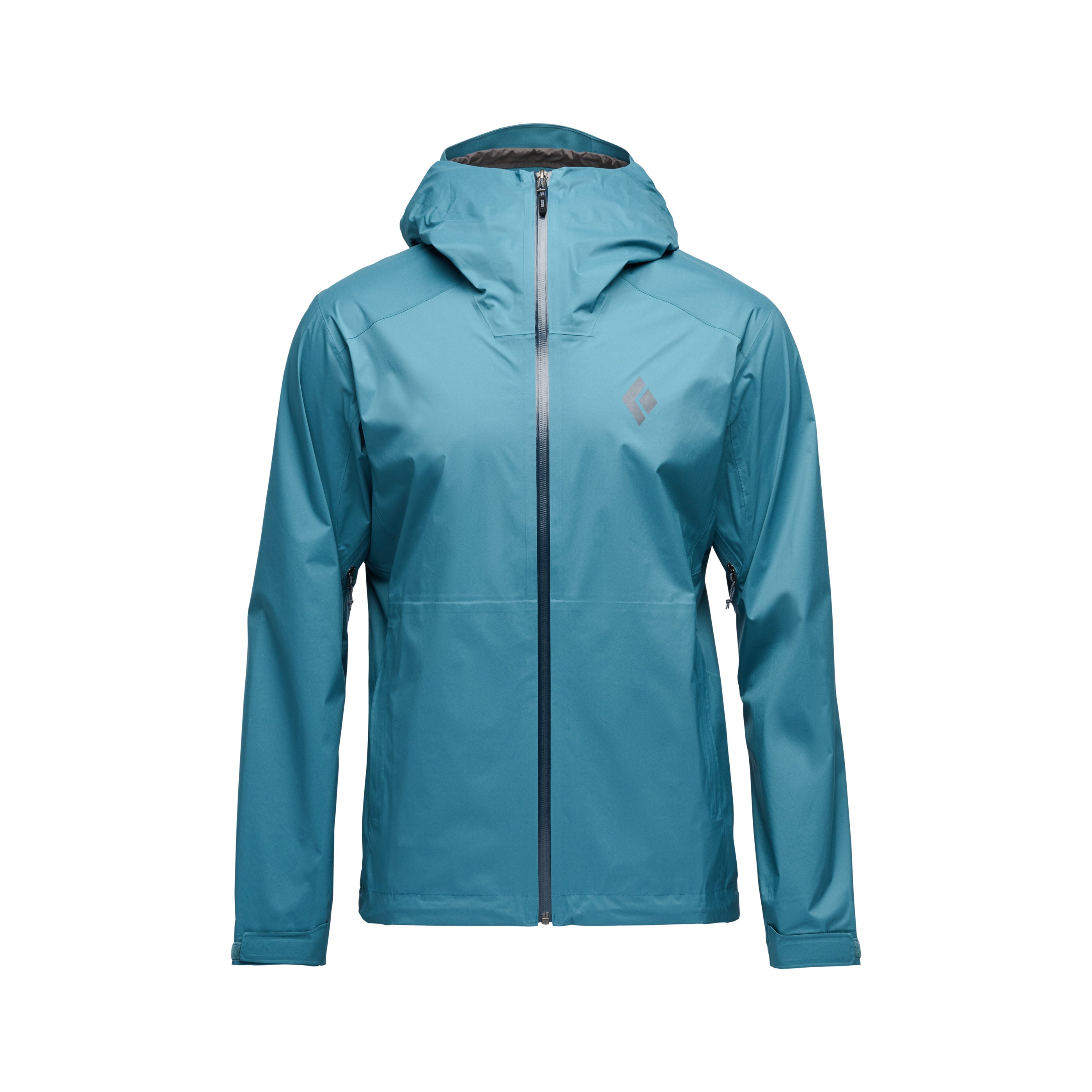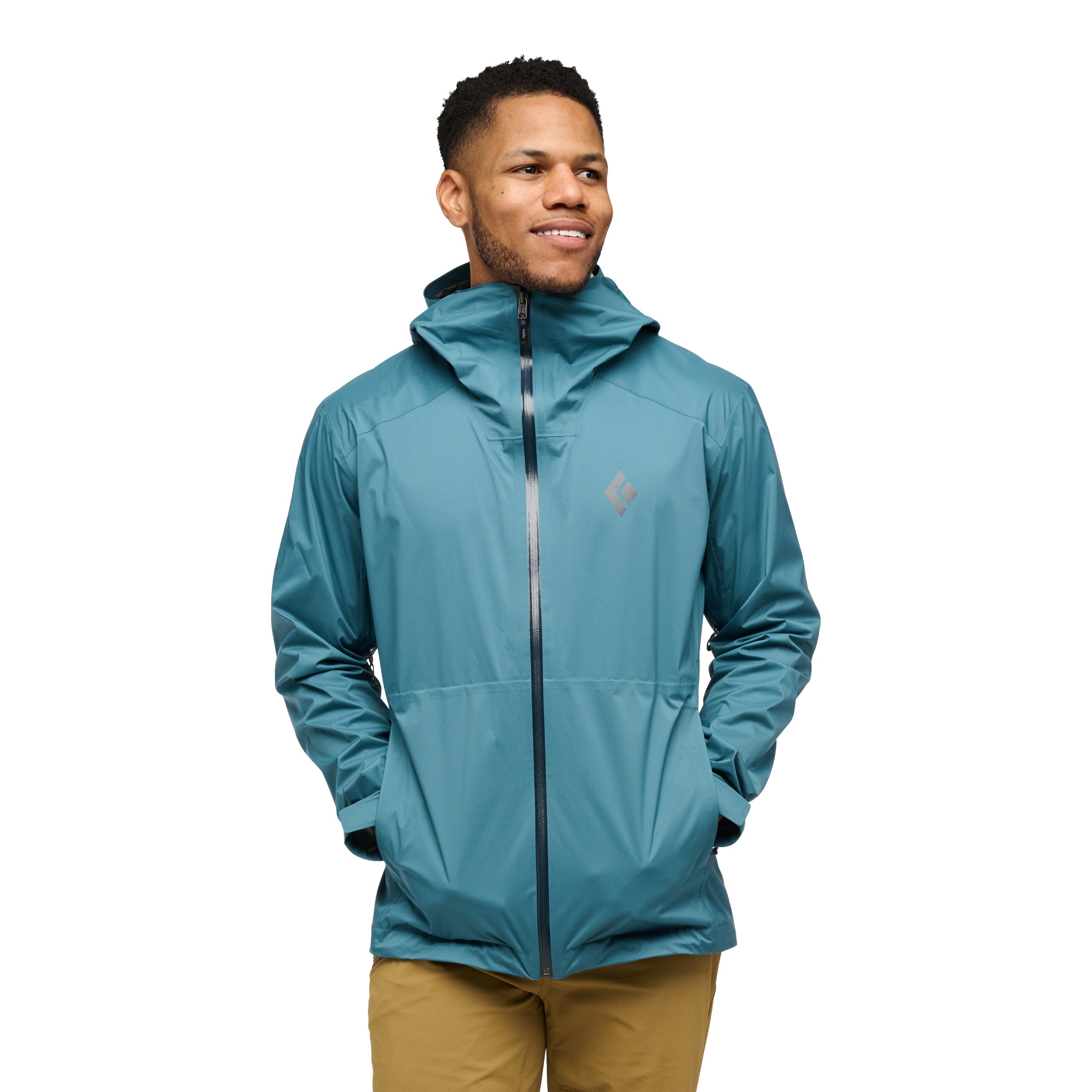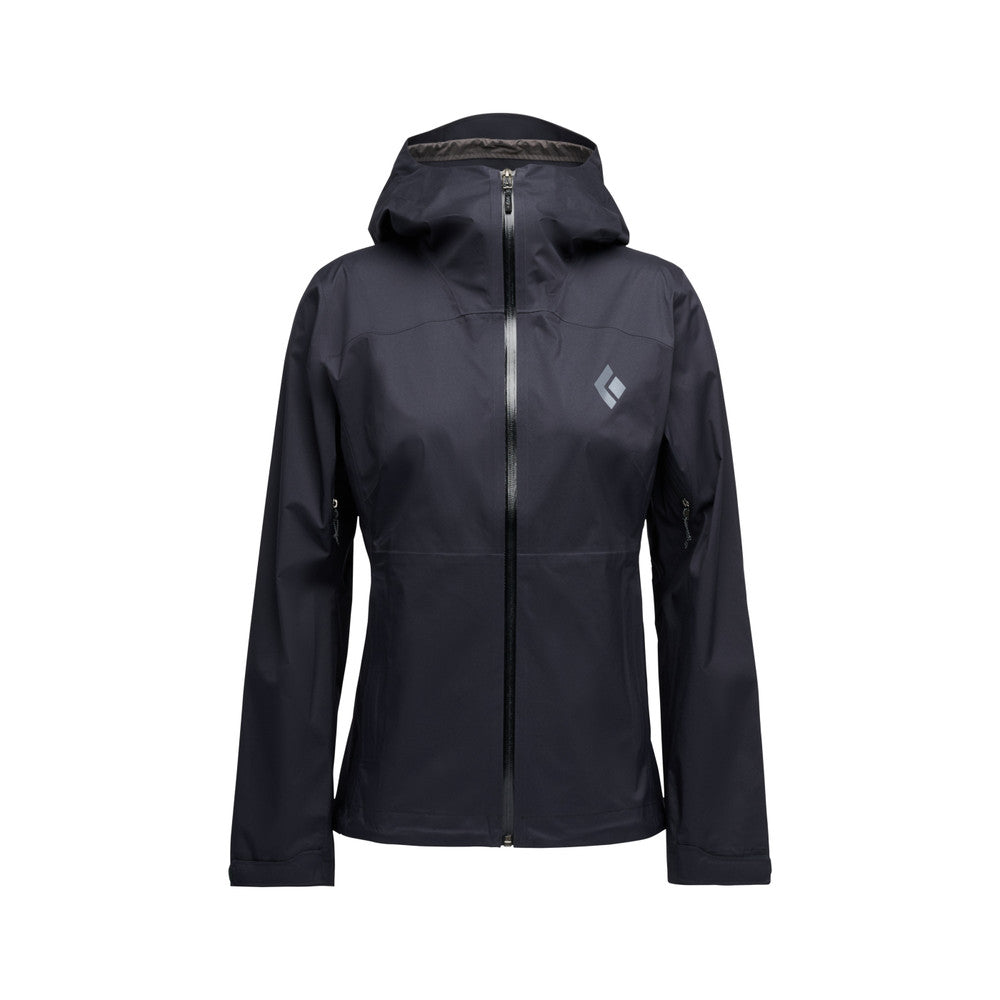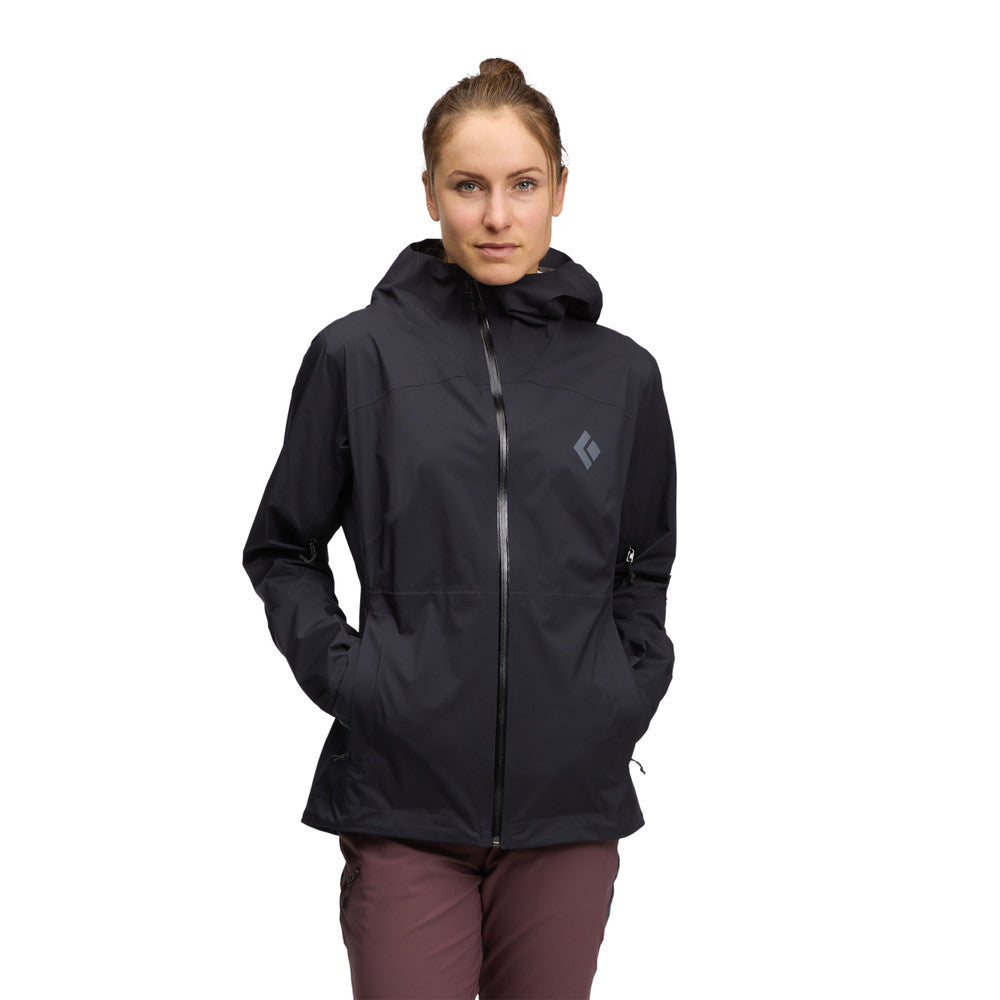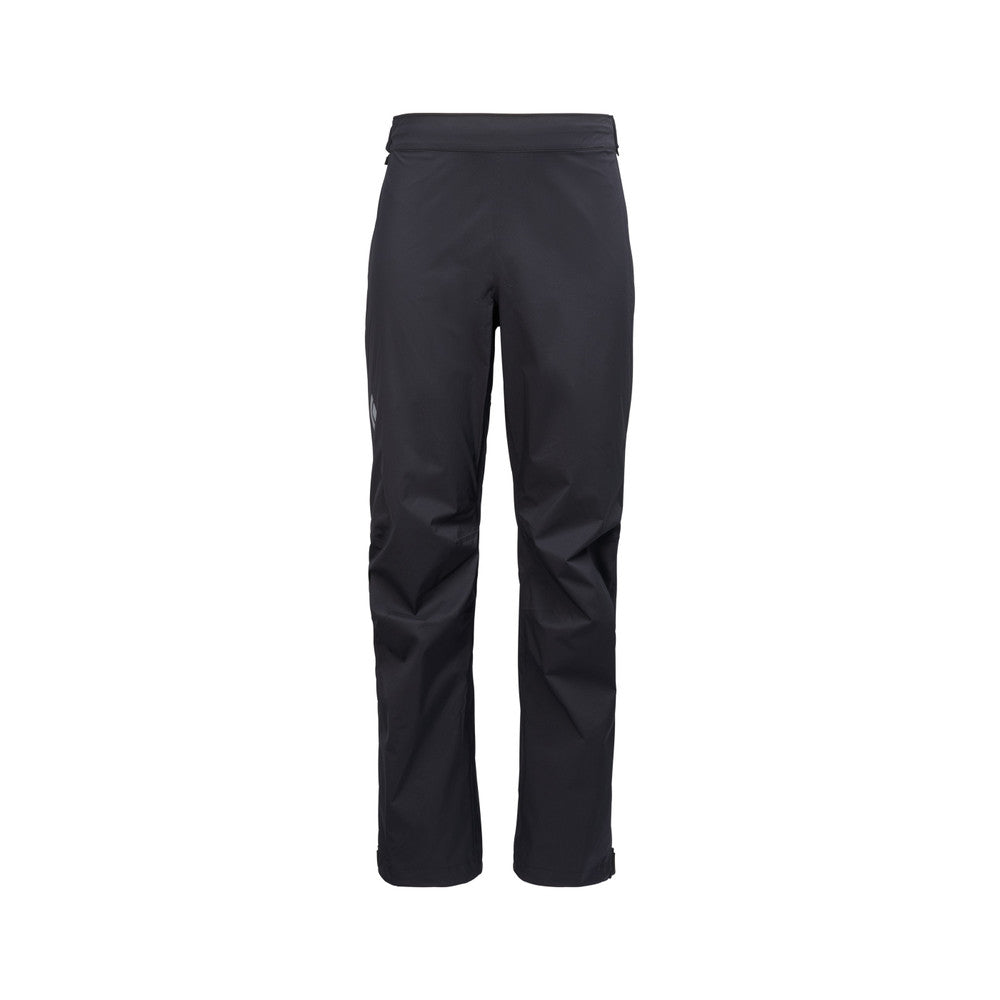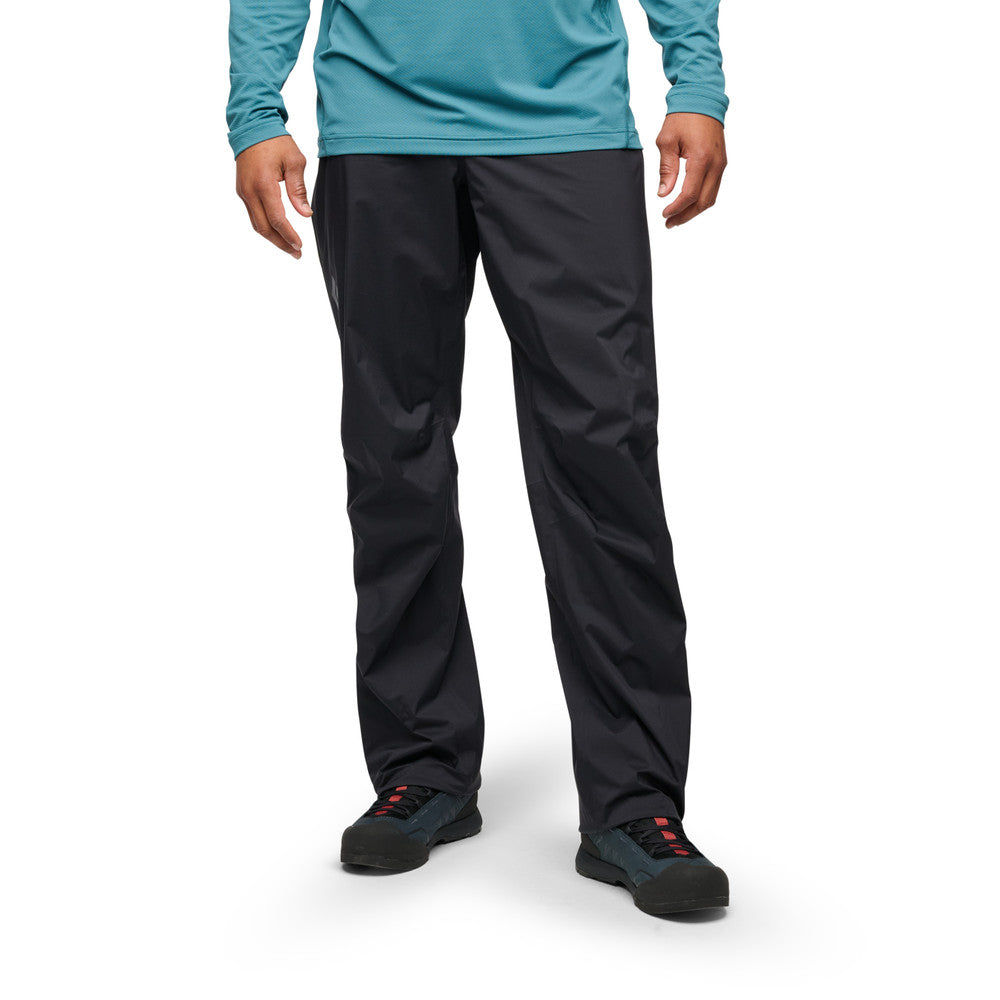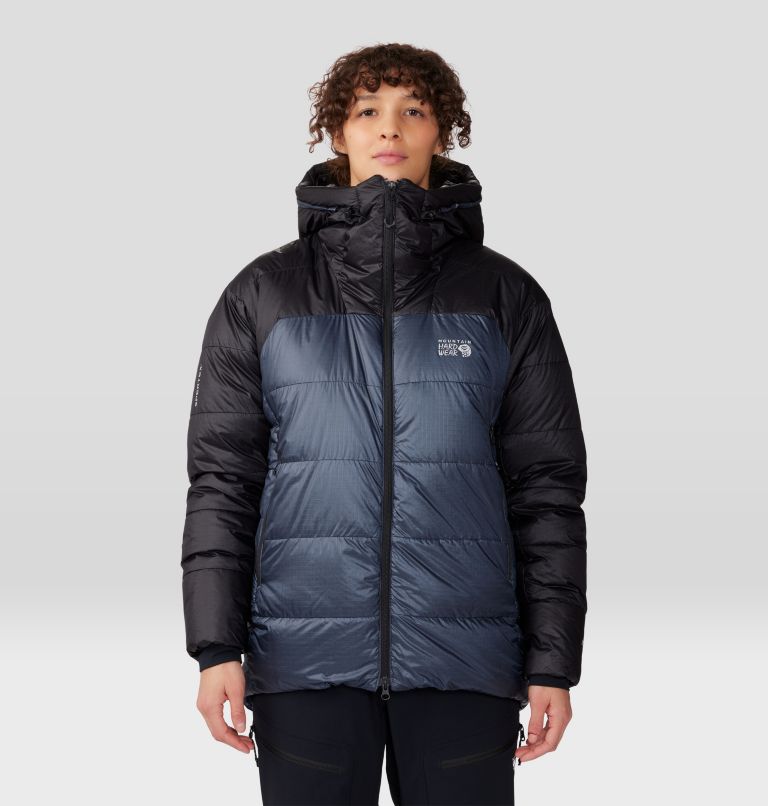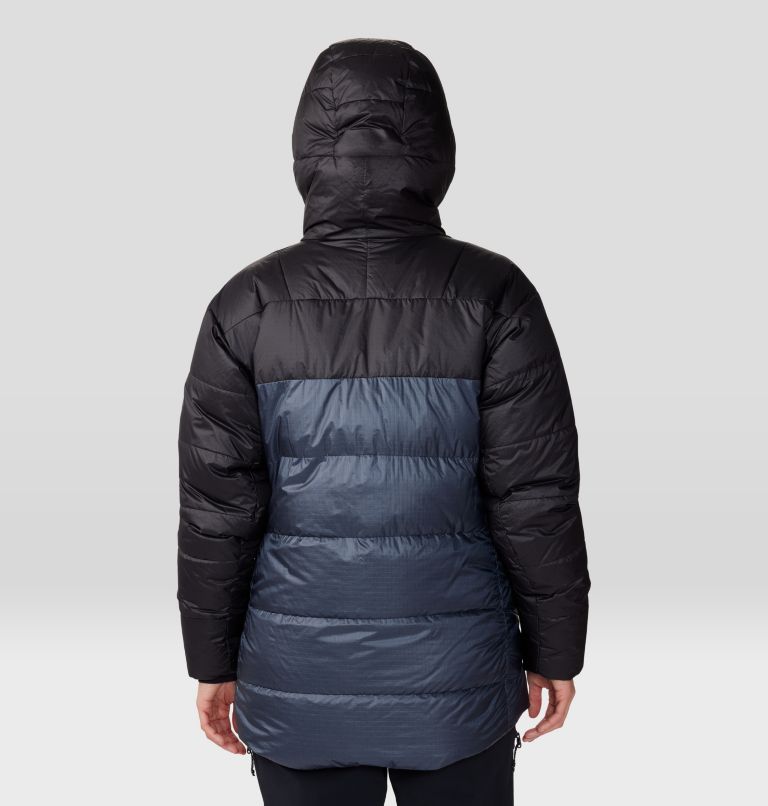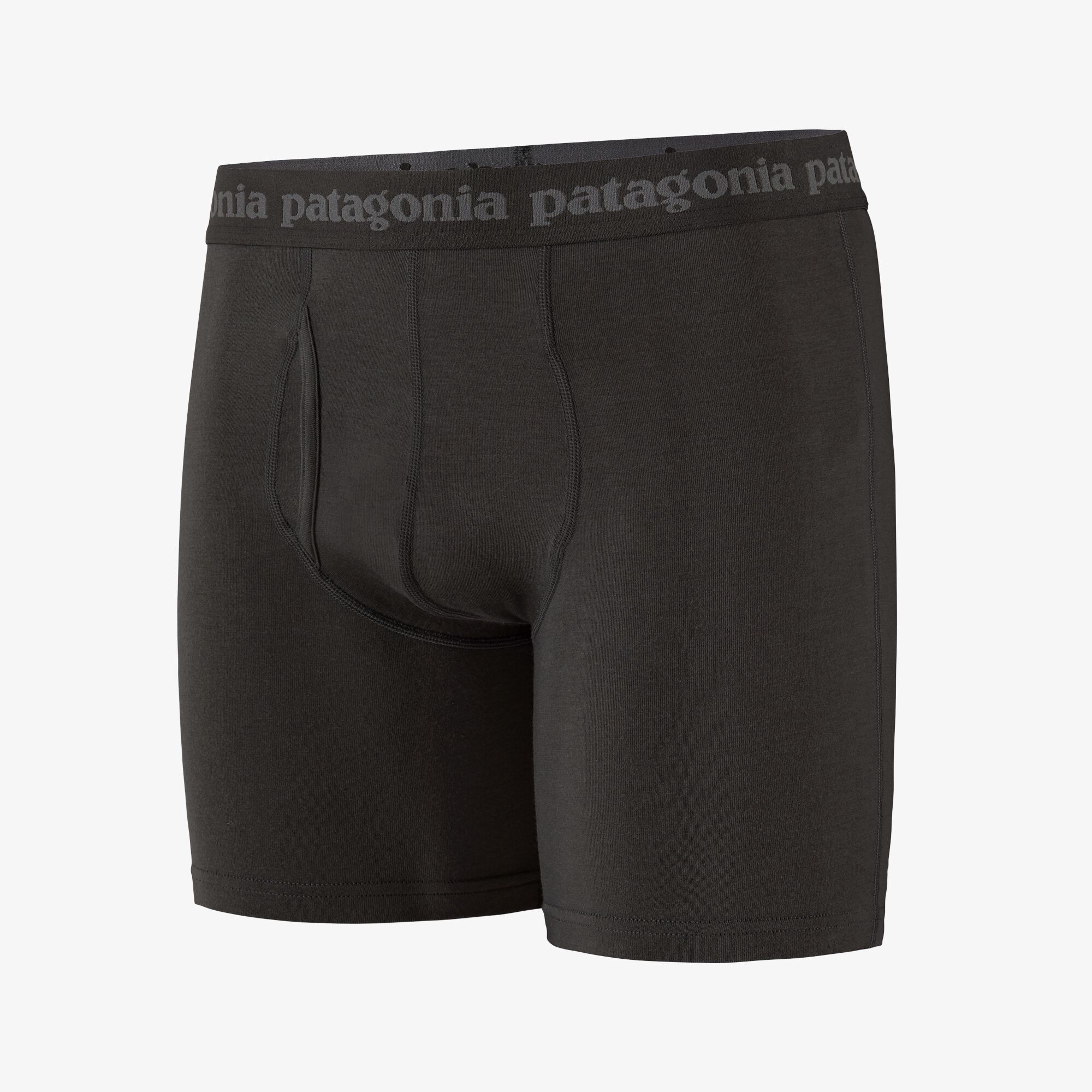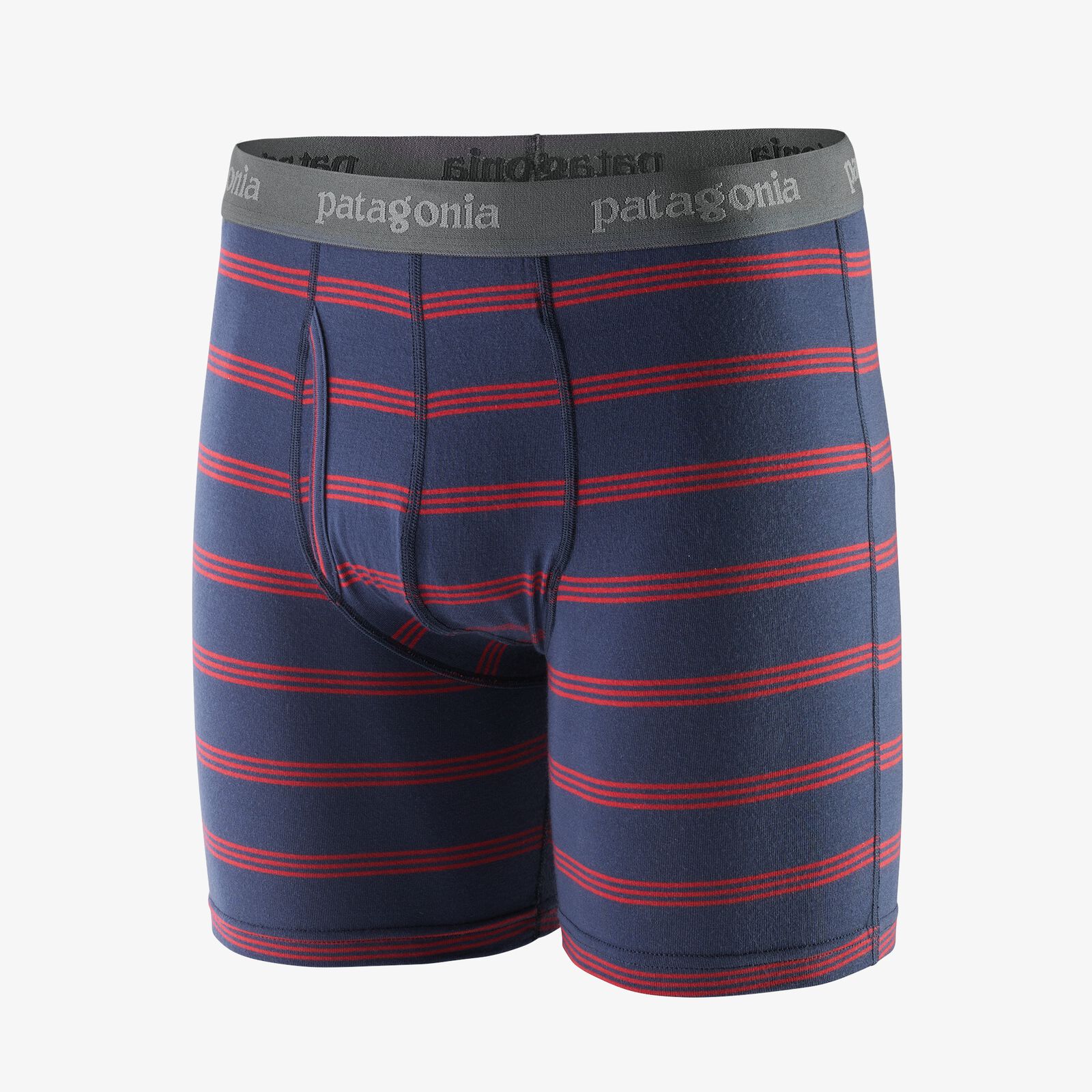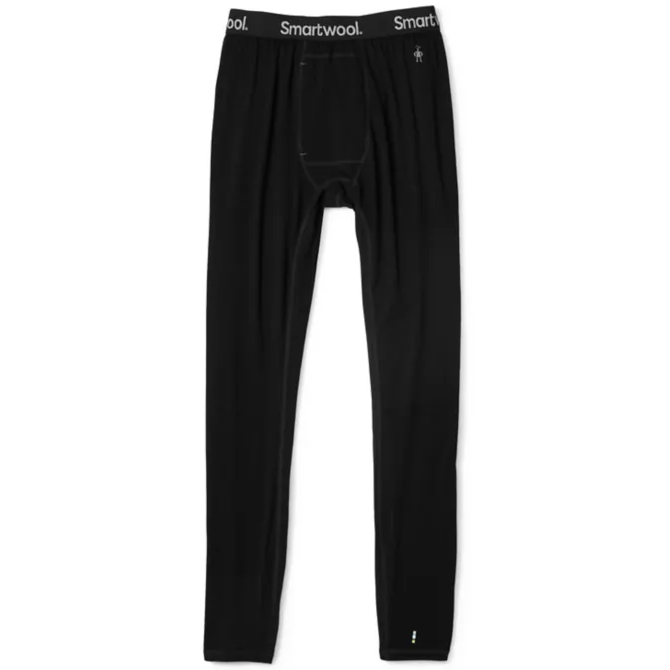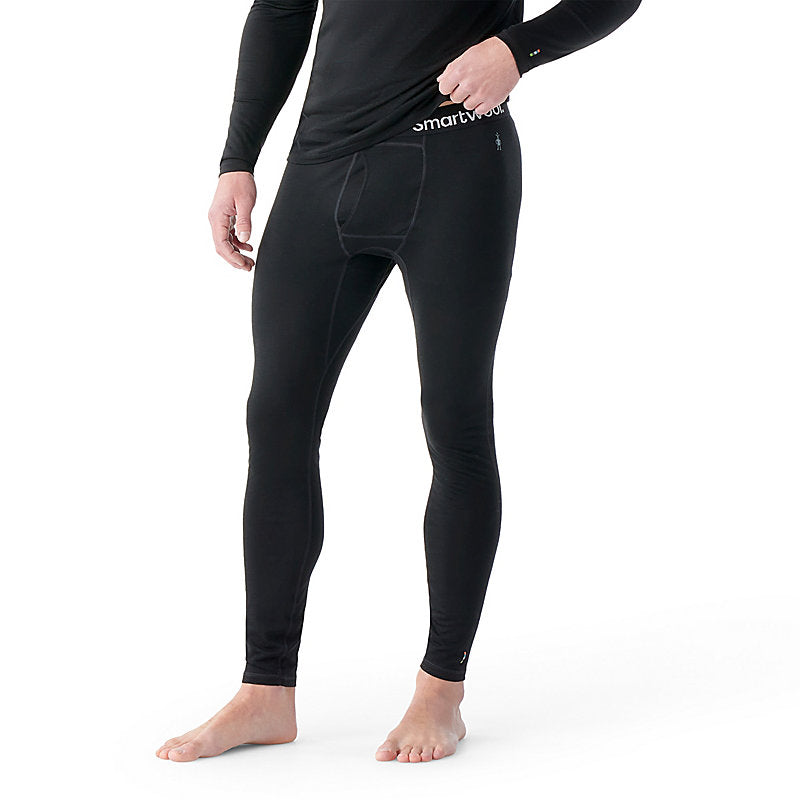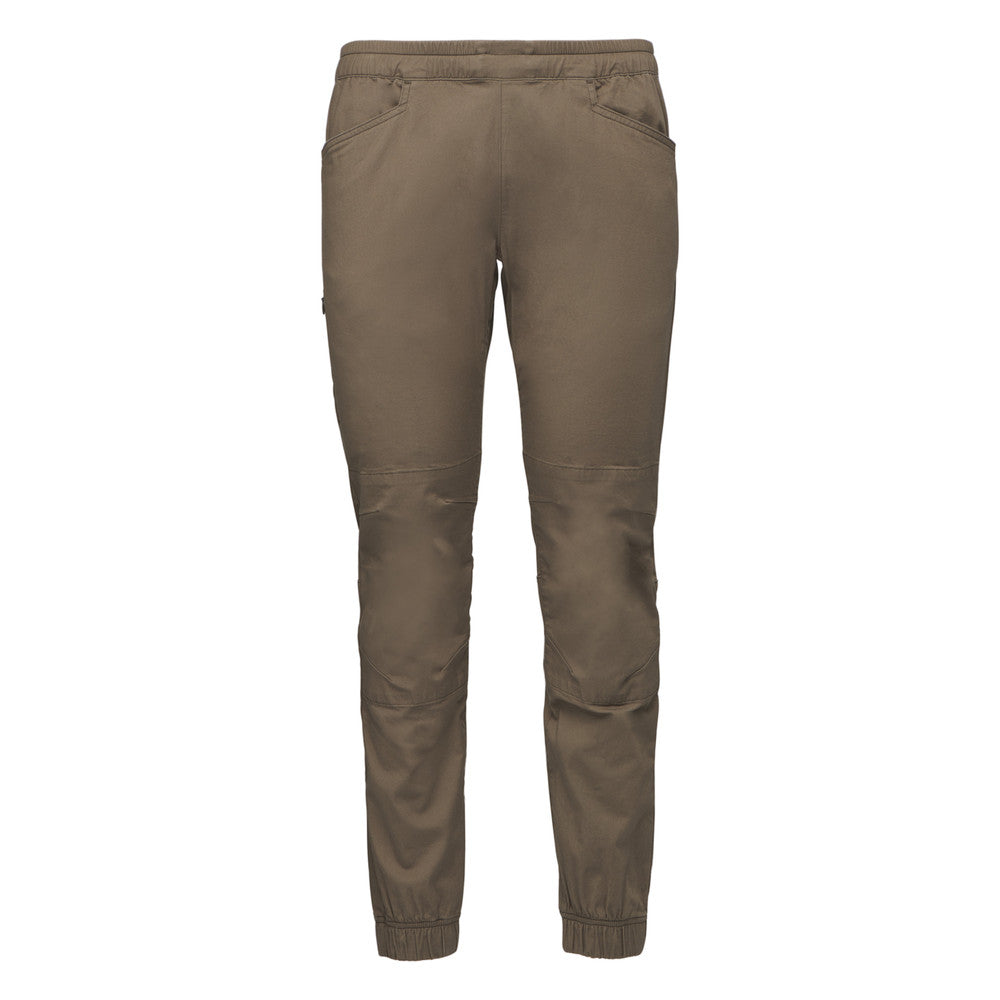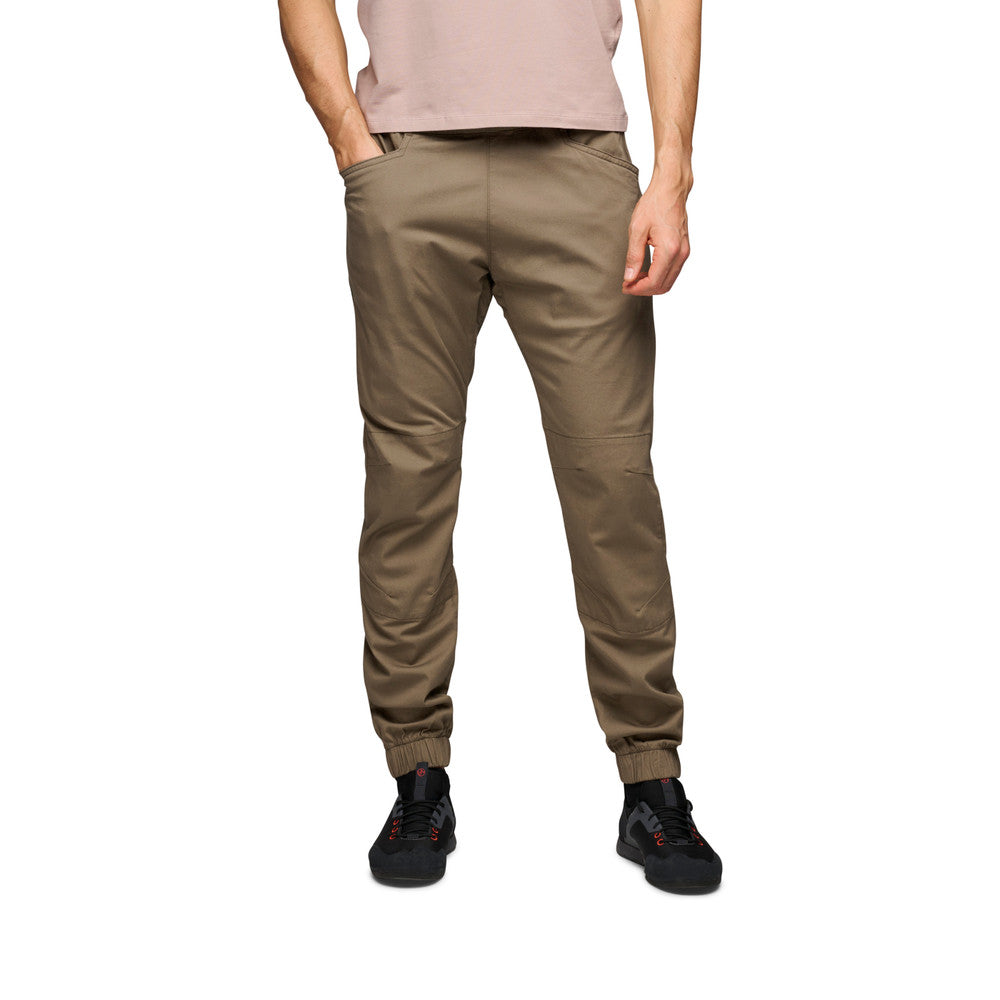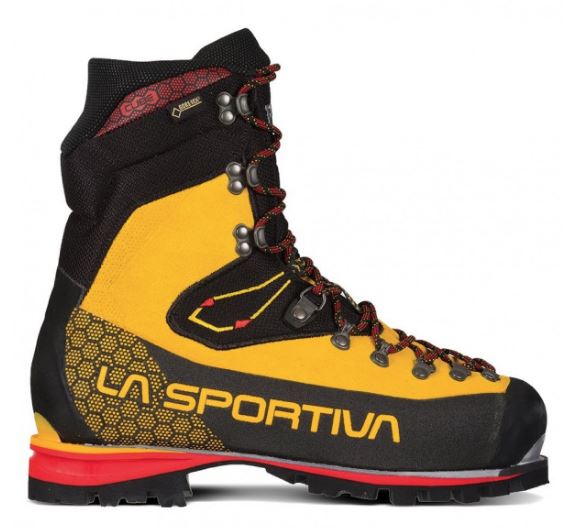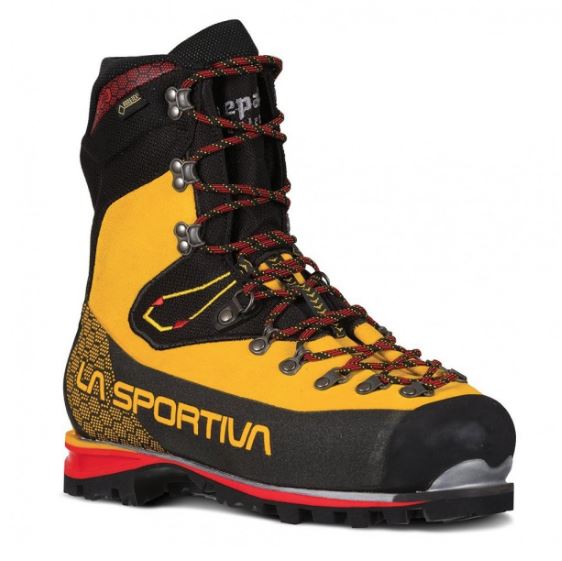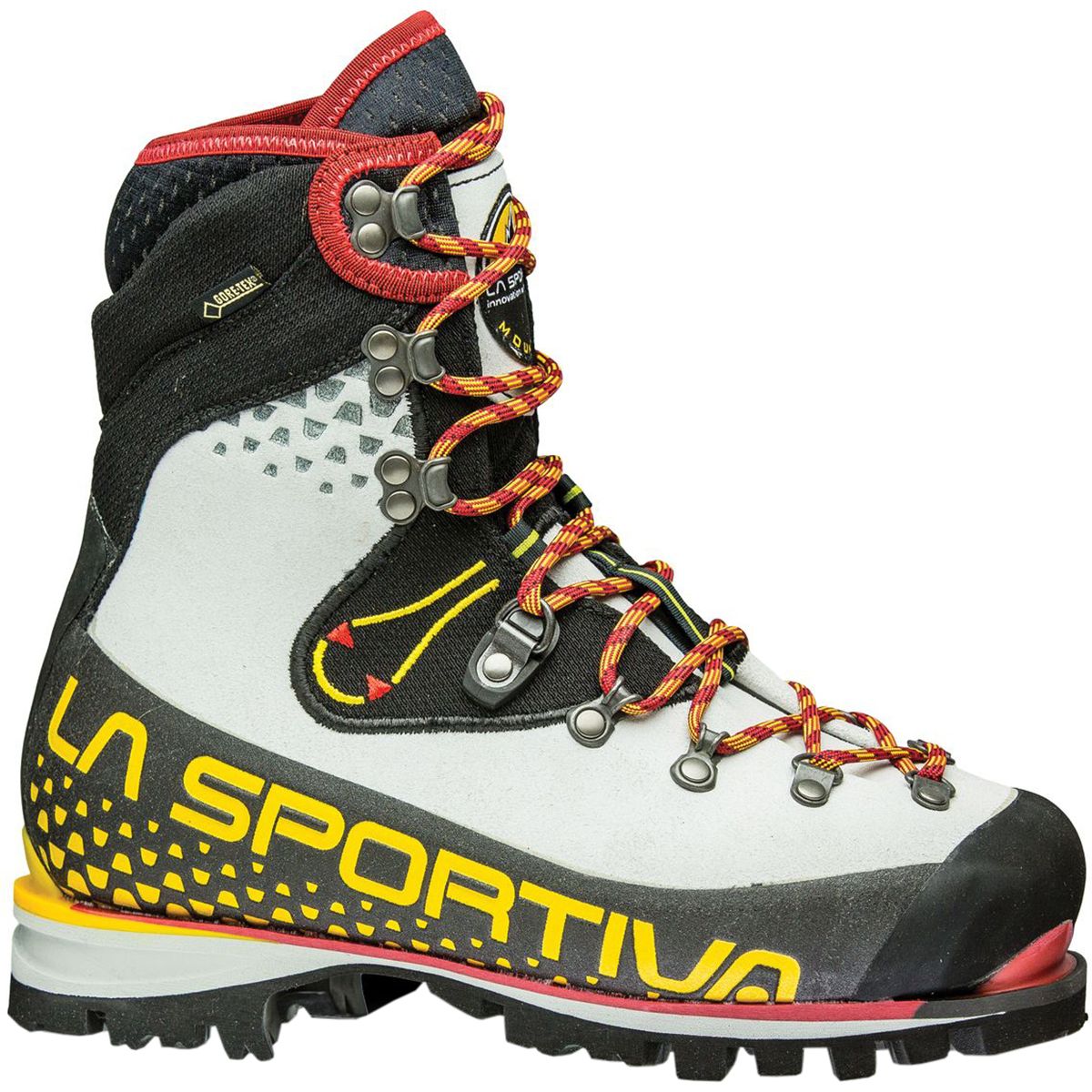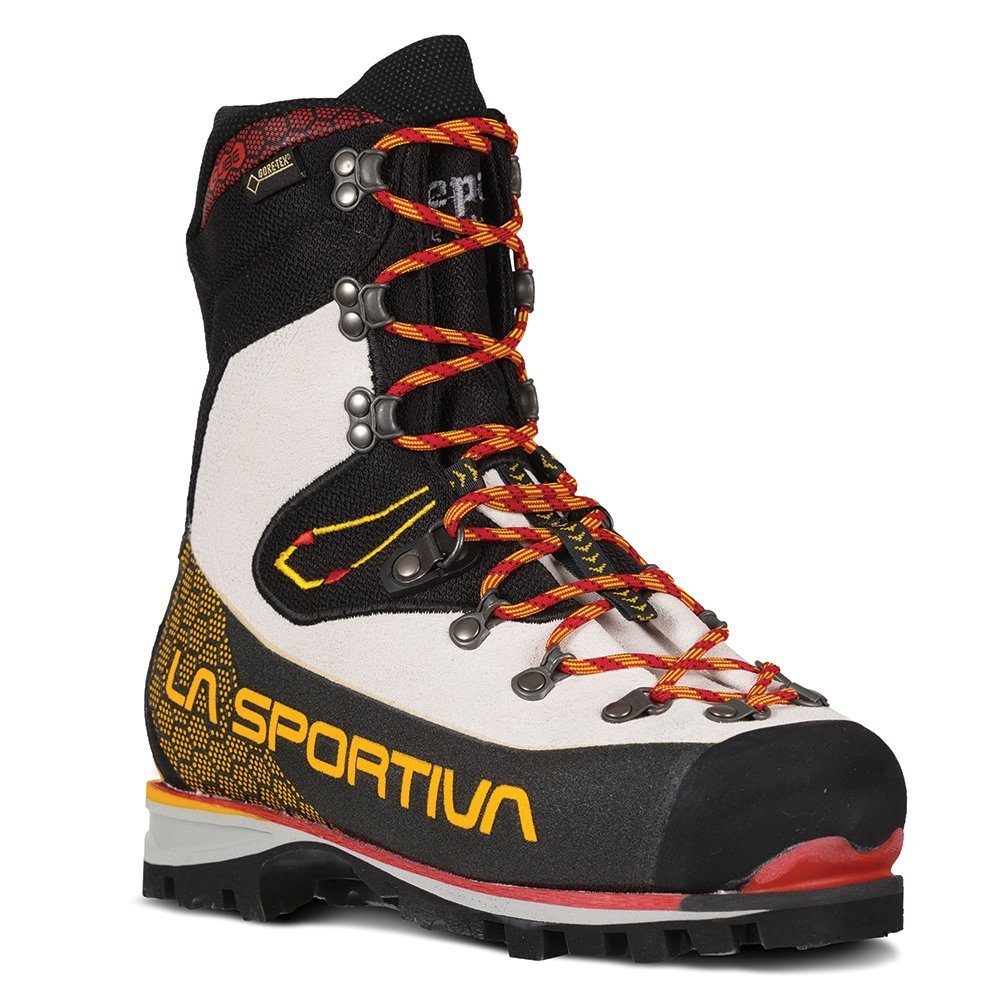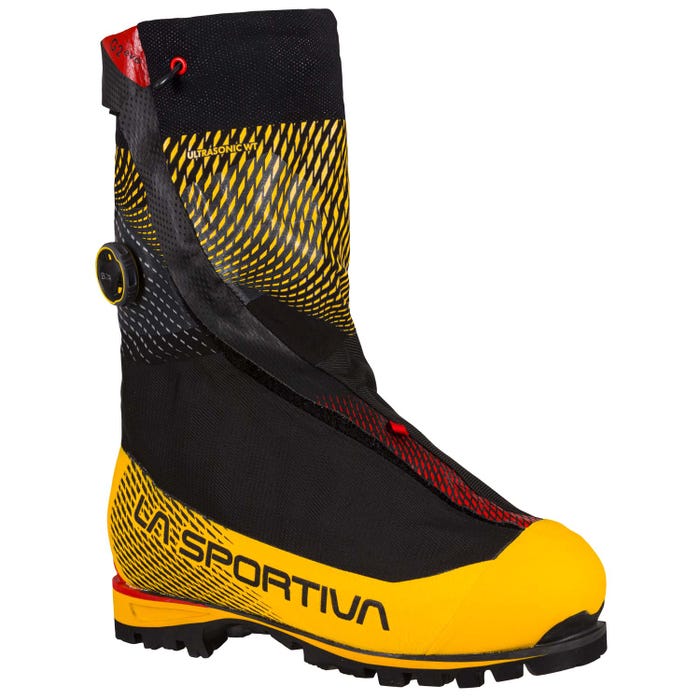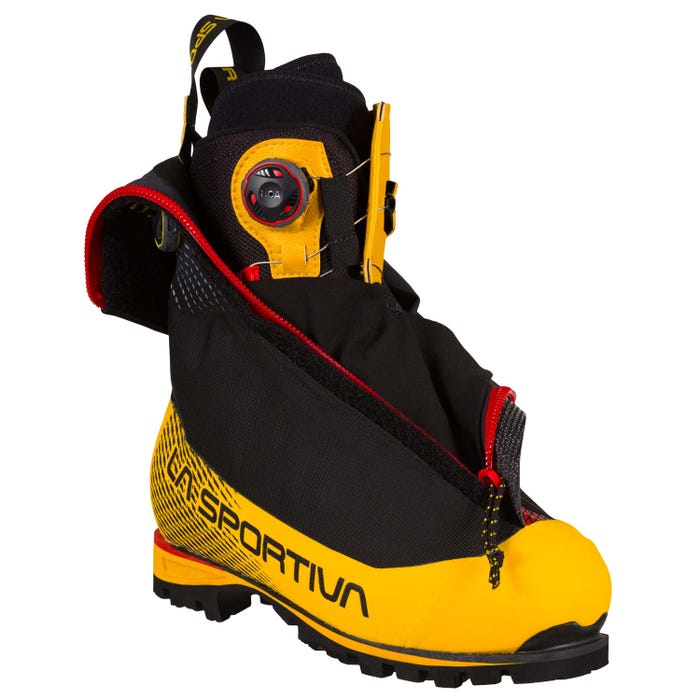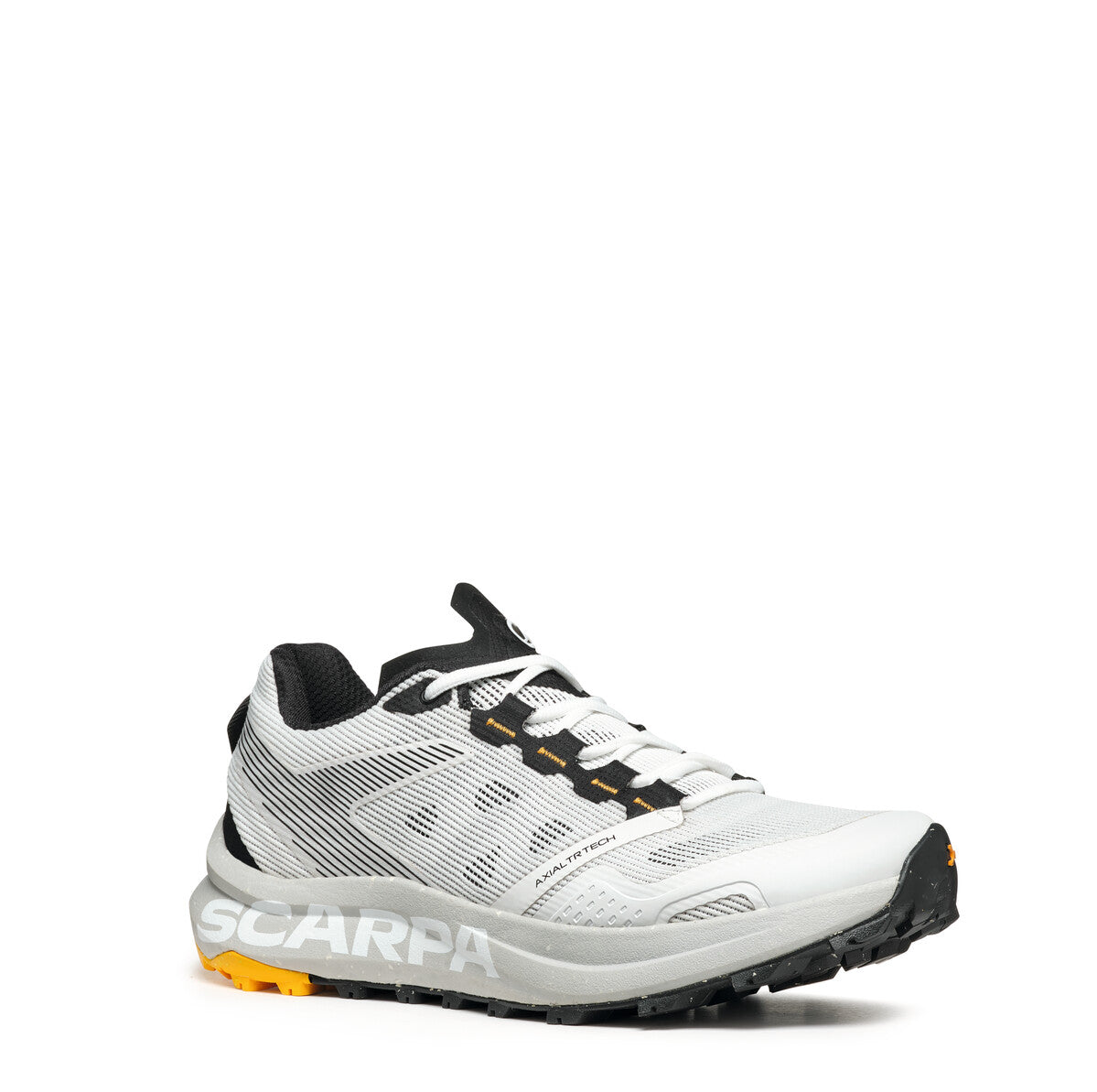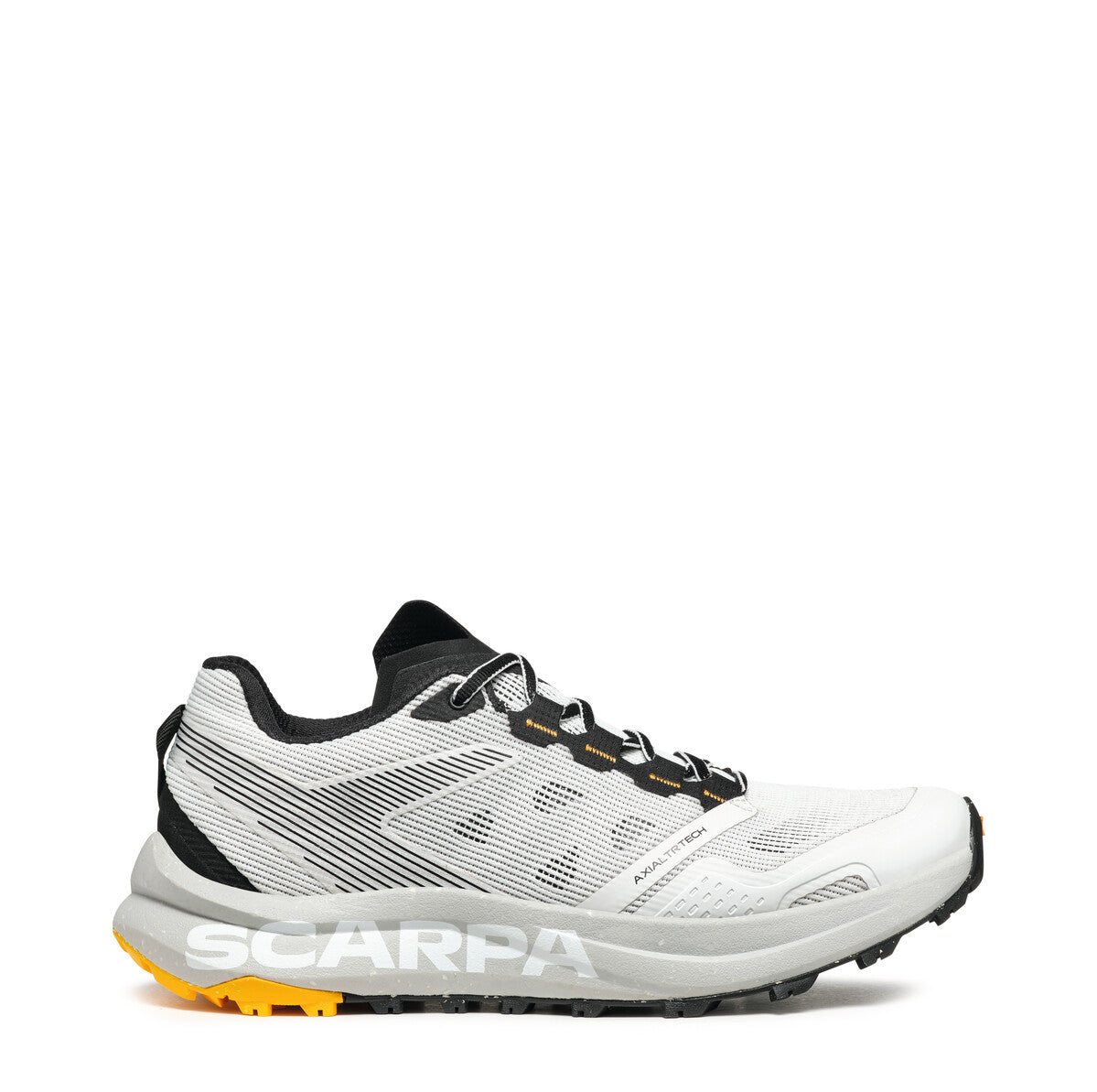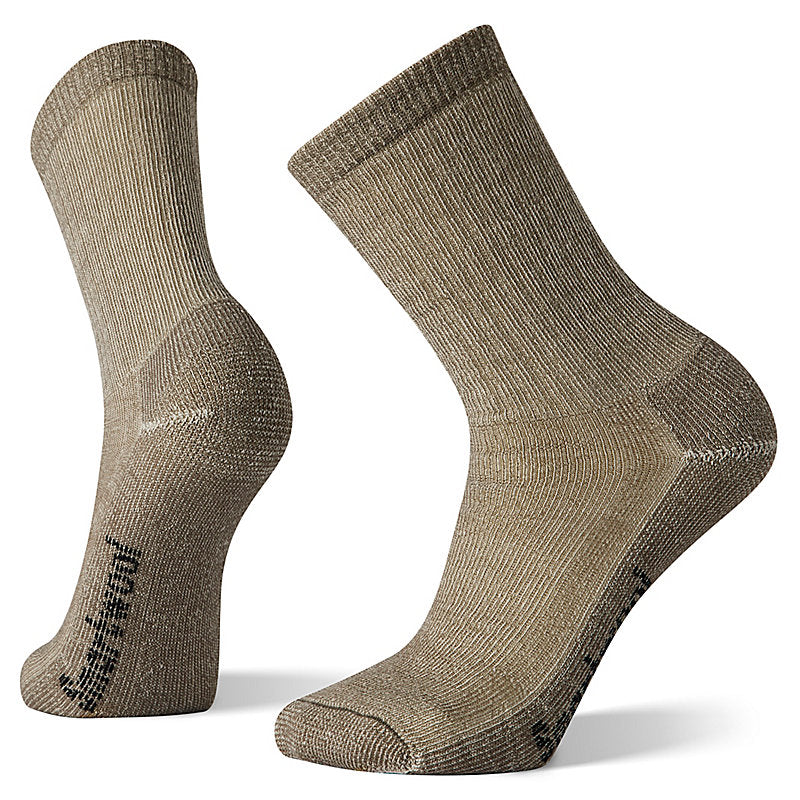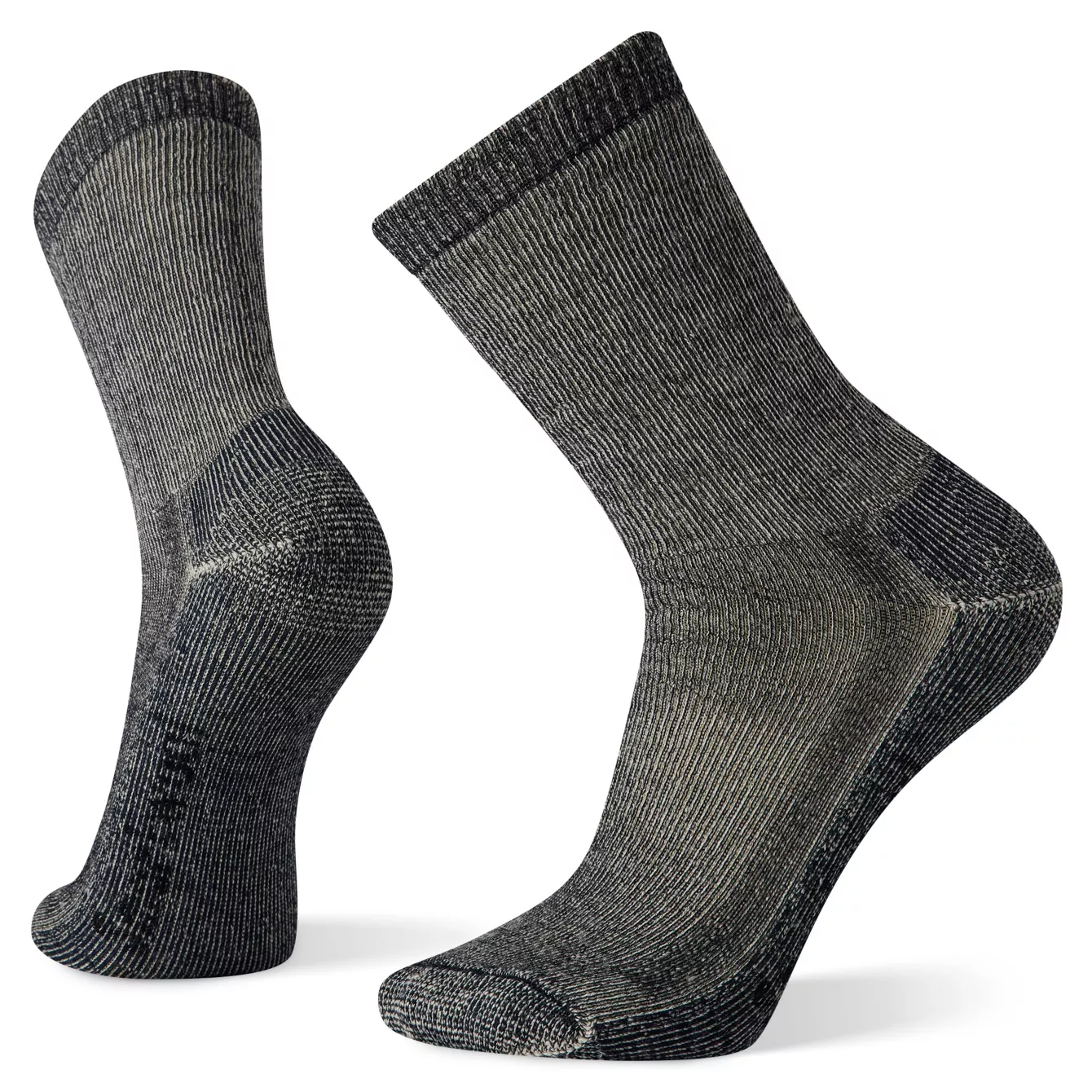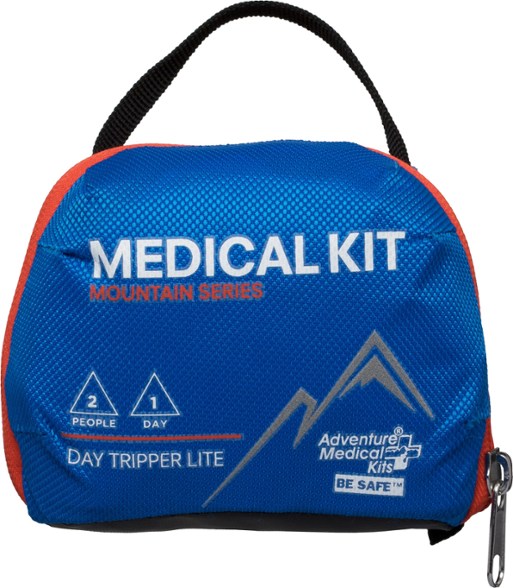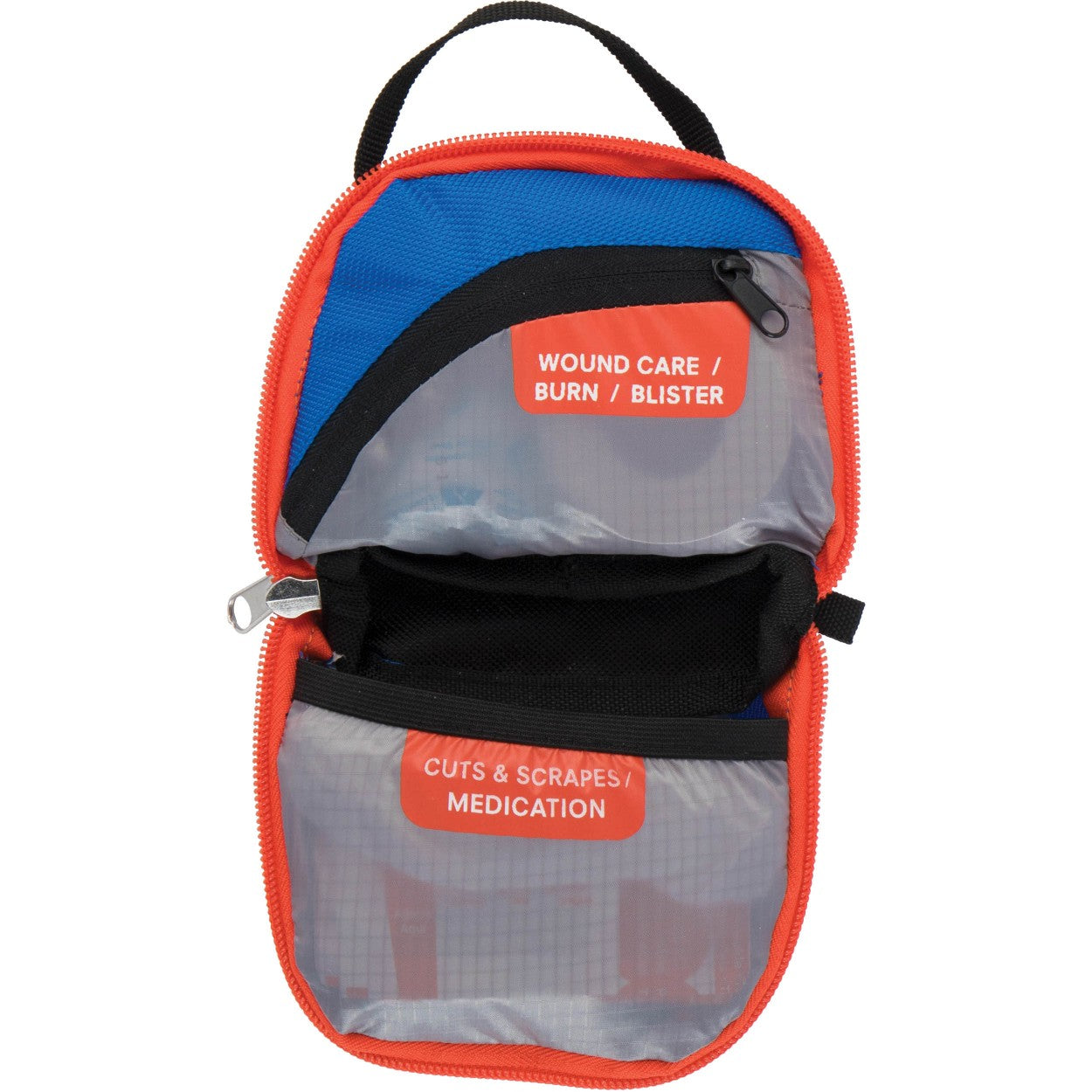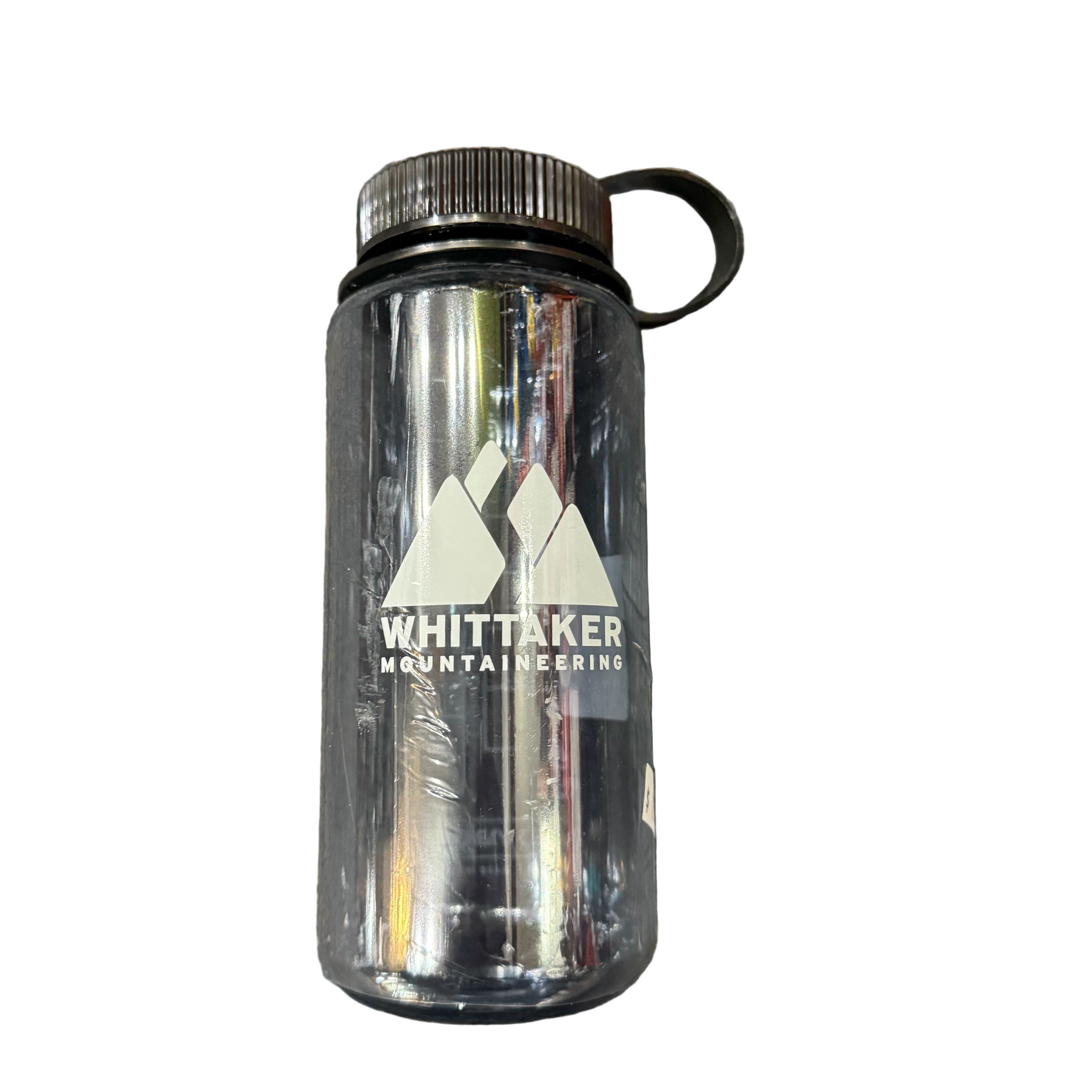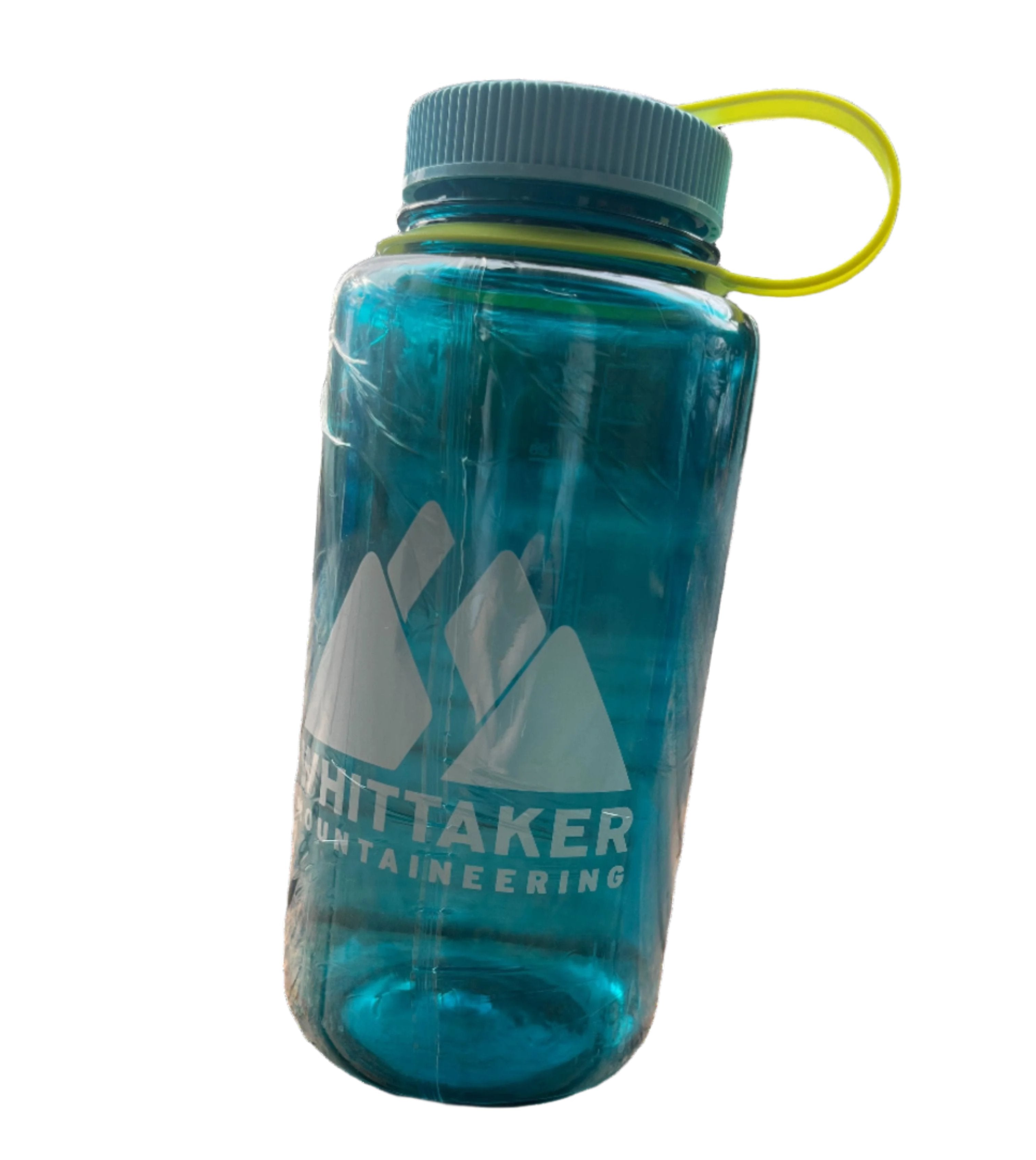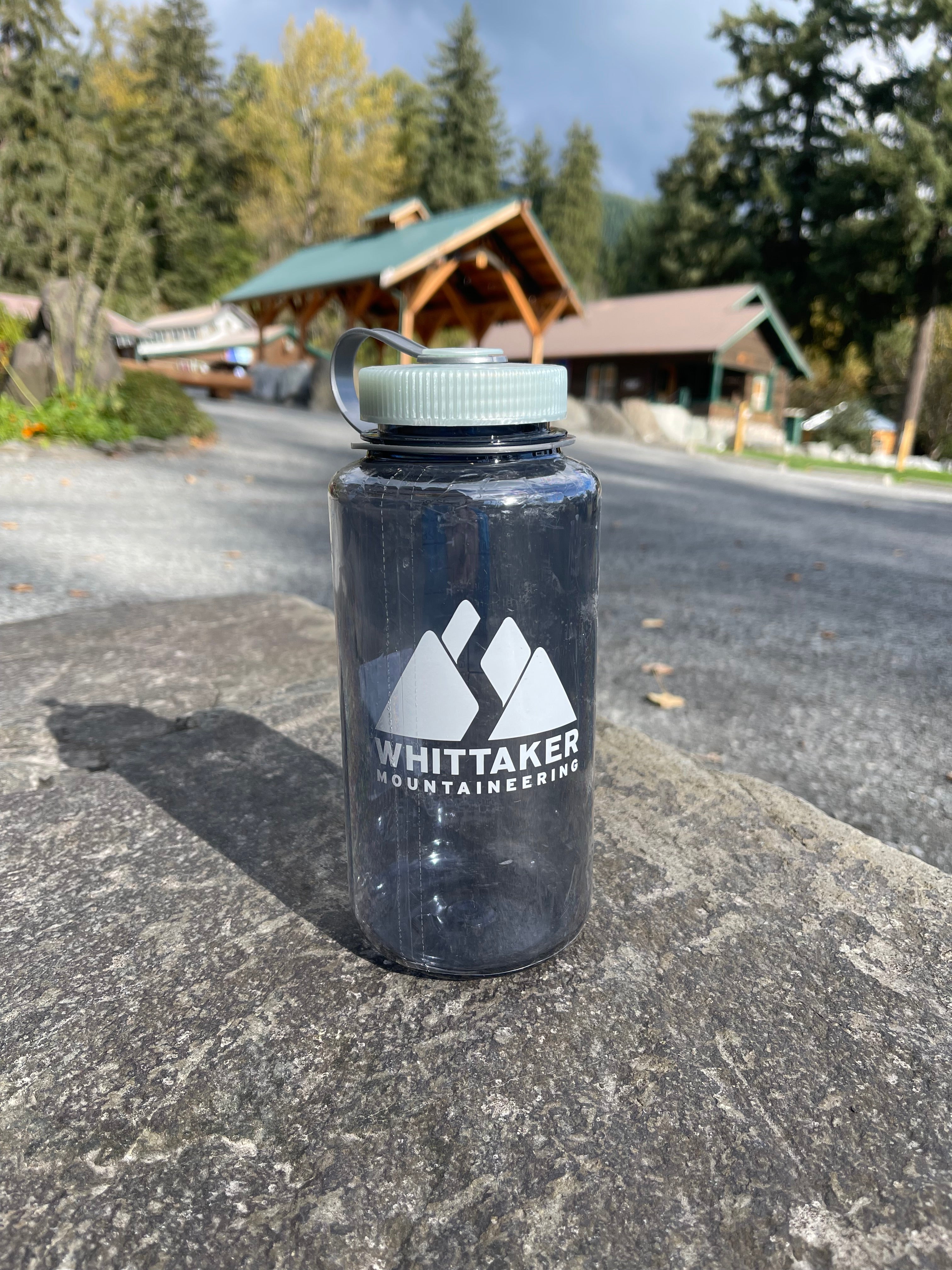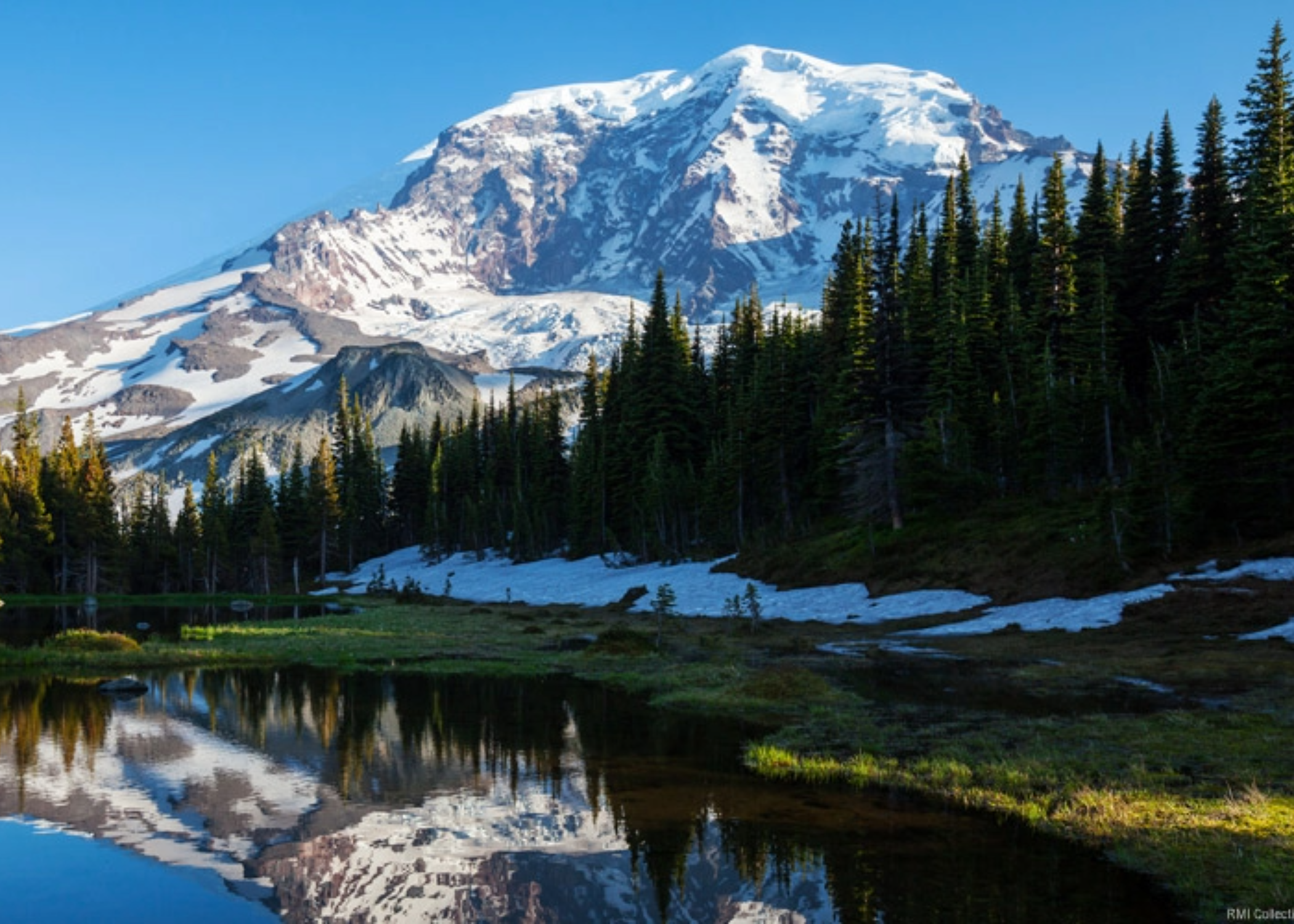
DC Route
The Classic Route on Mount Rainier
The Disappointment Cleaver route is Rainier’s most iconic climb — a demanding but achievable path to the summit led by RMI’s world-class guides. This collection includes the essential gear for the Four and Five Day Summit Climbs, as well as Paradise and Muir Seminars, carefully selected to balance performance, weight, and comfort in the rugged alpine environment of the Pacific Northwest.
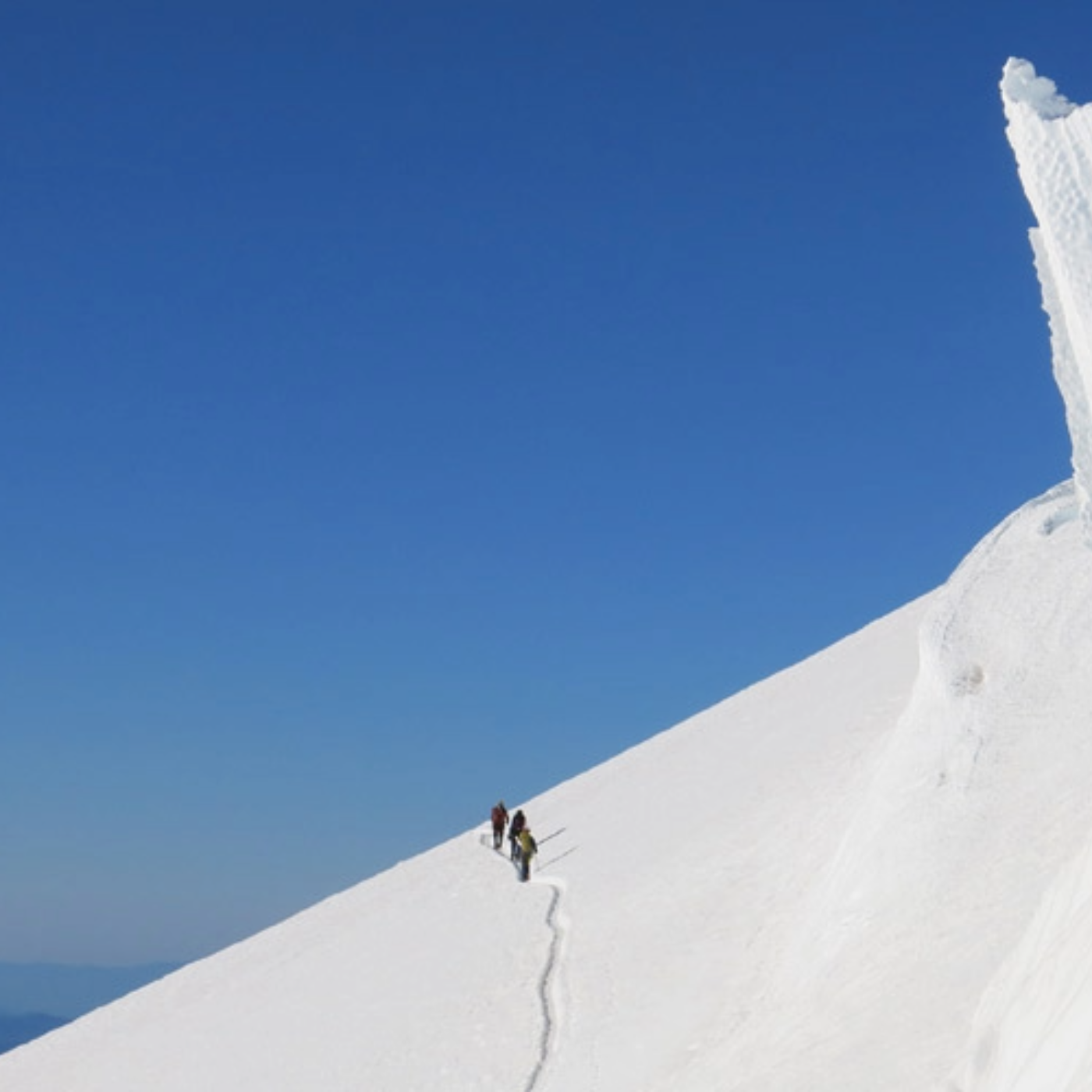
Climb Rainier with RMI
RMI’s Four and Five Day Summit Climbs are the foundation of modern mountaineering on Rainier. With expert guides, glacier travel training, and a steady pace designed for success, this program gives climbers the skills and confidence to reach the summit safely and efficiently.
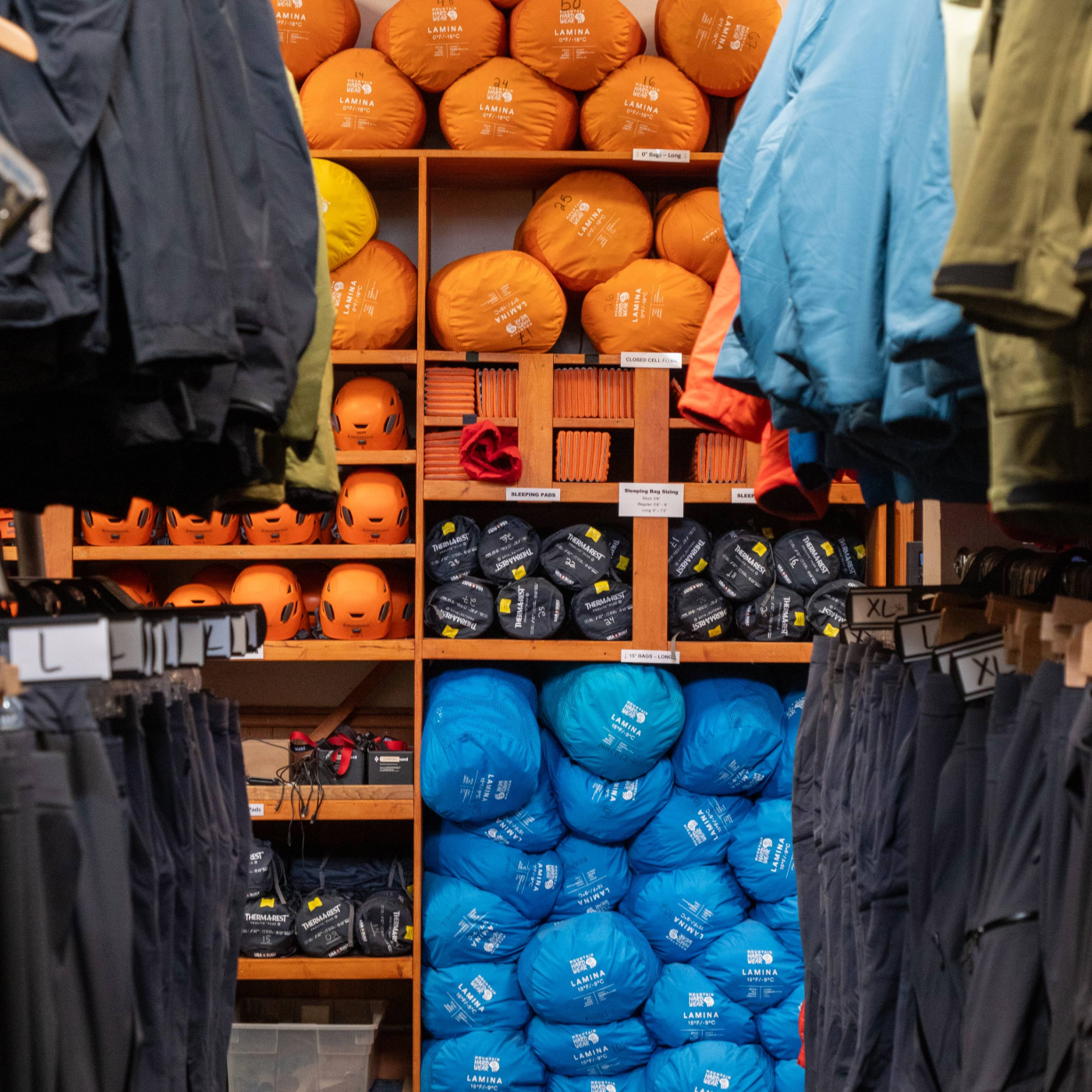
Rent What You Need in Ashford
Avoid overpacking and save on gear you may only use once. Our rental shop in Ashford offers boots, crampons, packs, and more — fitted by staff who climb Rainier every season. All gear is maintained, cleaned, and ready for your summit attempt.
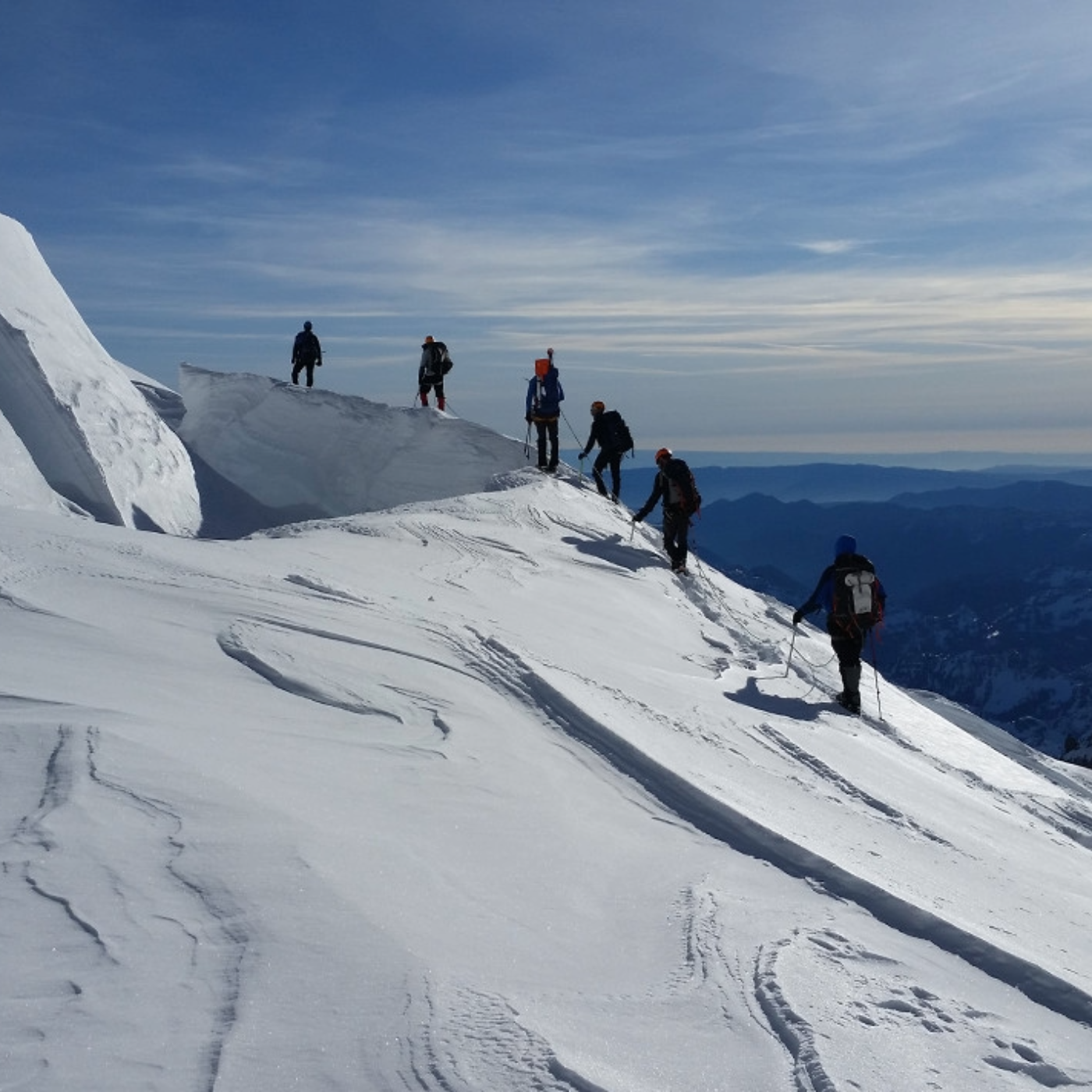
The RMI Rainier Gear List
This collection mirrors the official RMI gear list for the Four-Day Summit Climb (Five-Day is here). Every item has been vetted by guides to perform on snow, ice, and rock — so you can focus on the climb, not the gear.
Filters
51 products
6 colors available
2 colors available
5 colors available
DC Route FAQ
The Disappointment Cleaver route blends endurance, glacier travel, and mountain weather into one of America’s most classic climbs. Having the right system — from boots to layers — is key to comfort and success. Here are answers to a few common gear questions from our guides.
Should I use single or double boots on Rainier?
In summer, most climbers use single mountaineering boots for a lighter, more flexible feel. When freezing levels drop below 10,000 feet or the forecast calls for extended exposure, double boots are the safer and warmer choice. Always check conditions with your guides before deciding.
How should I layer for the Four or Five Day Climb?
You’ll need a full layering system: a moisture-wicking baselayer, a lightweight fleece or softshell midlayer, an insulated puffy, and a waterproof shell. Proper layering helps regulate temperature through changing conditions. See our Guide to Mountain Layering for detailed examples and recommendations.
I don’t see a tent in this collection — do I need one?
It depends on how you’re climbing. If you’re joining a guide service like RMI, you’ll stay in bunks inside one of the huts at Camp Muir, so no tent is required. Independent climbers, however, must bring their own tent and camp on the snow at Muir.
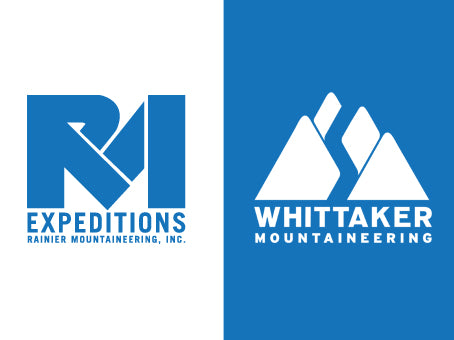
Free shipping
On orders over $150.
Expert Guidance
From mountain professionals, via chat, email, or phone.
Easy Returns
Just reach out and let us know.



